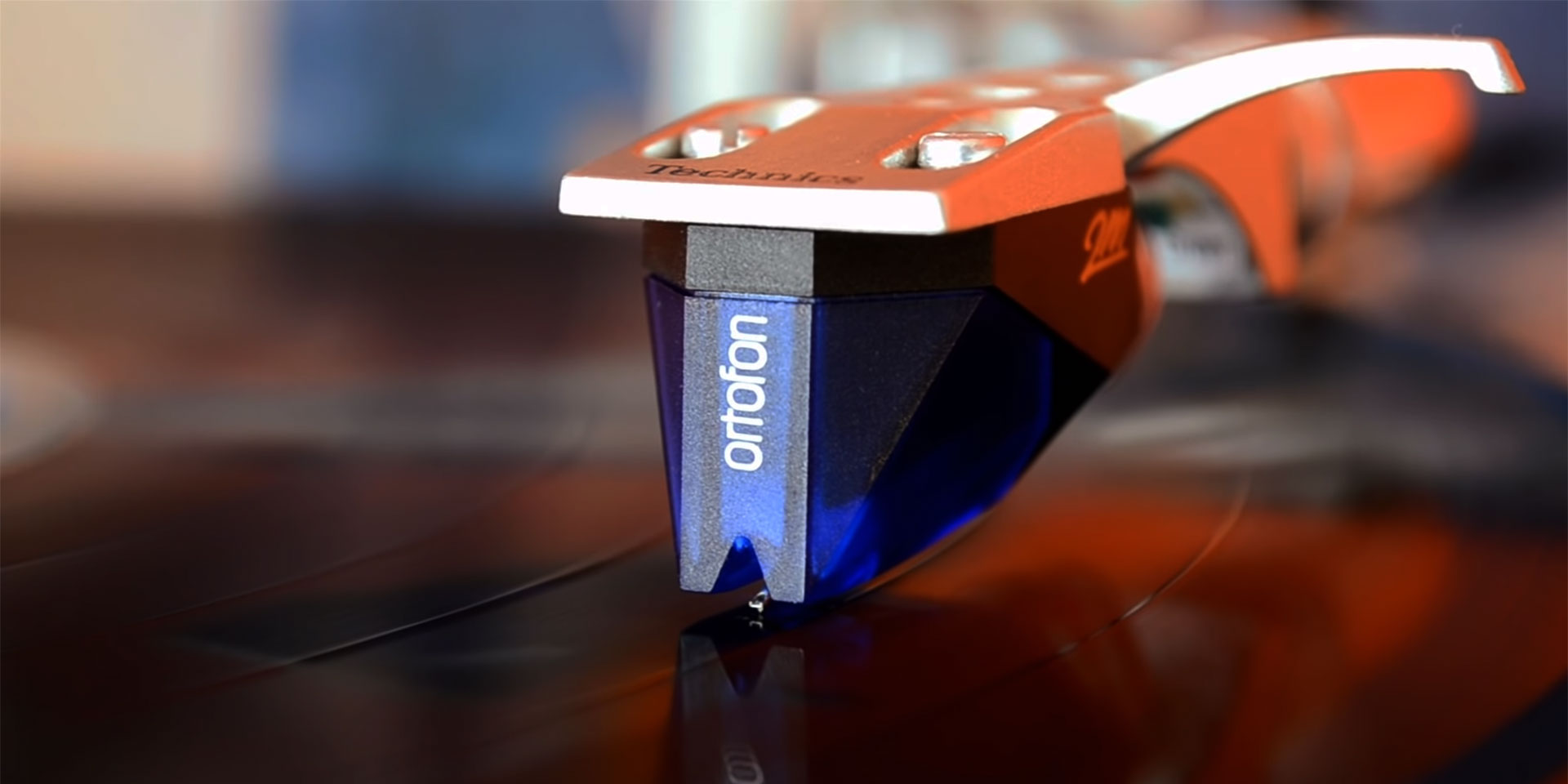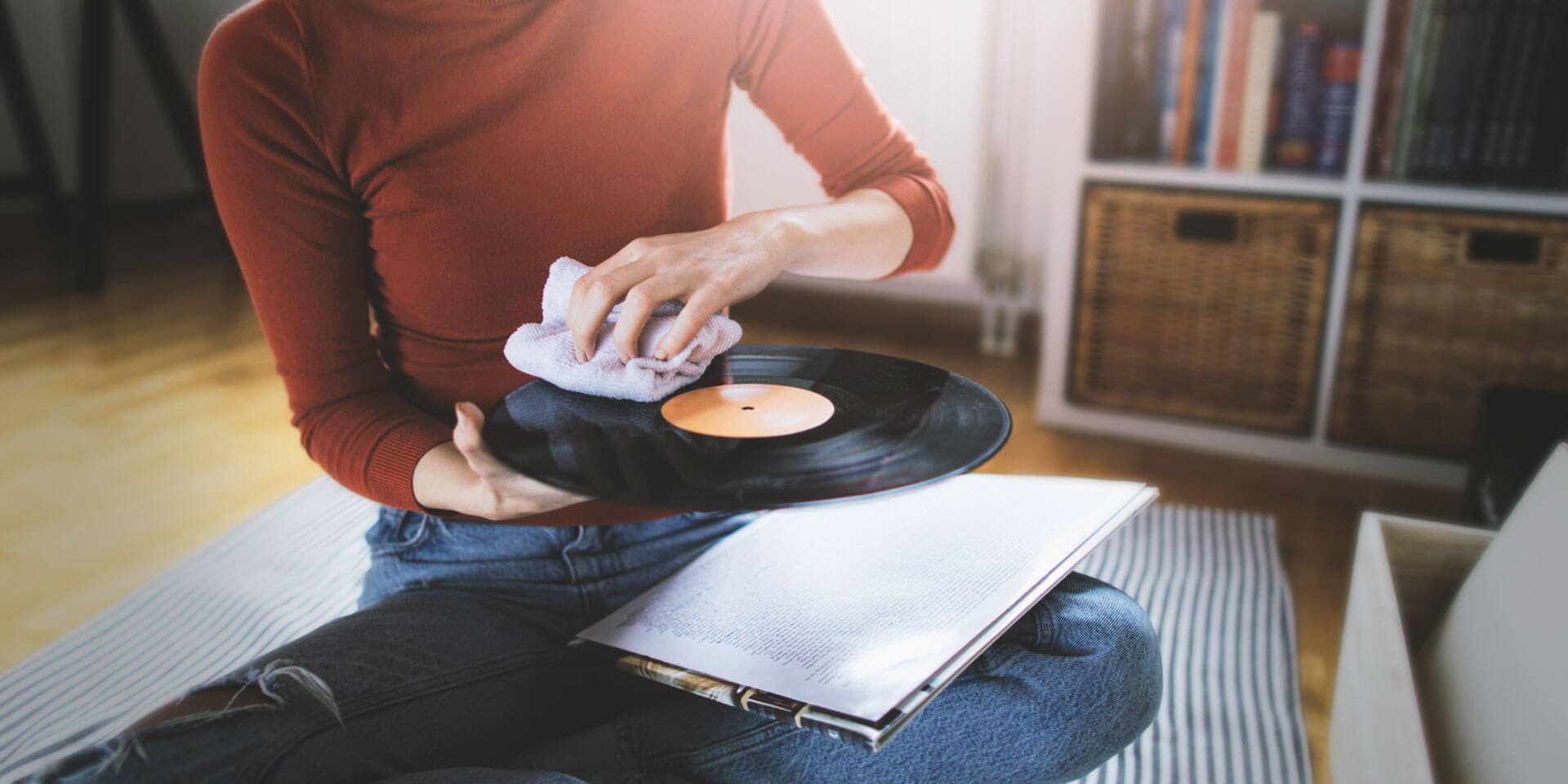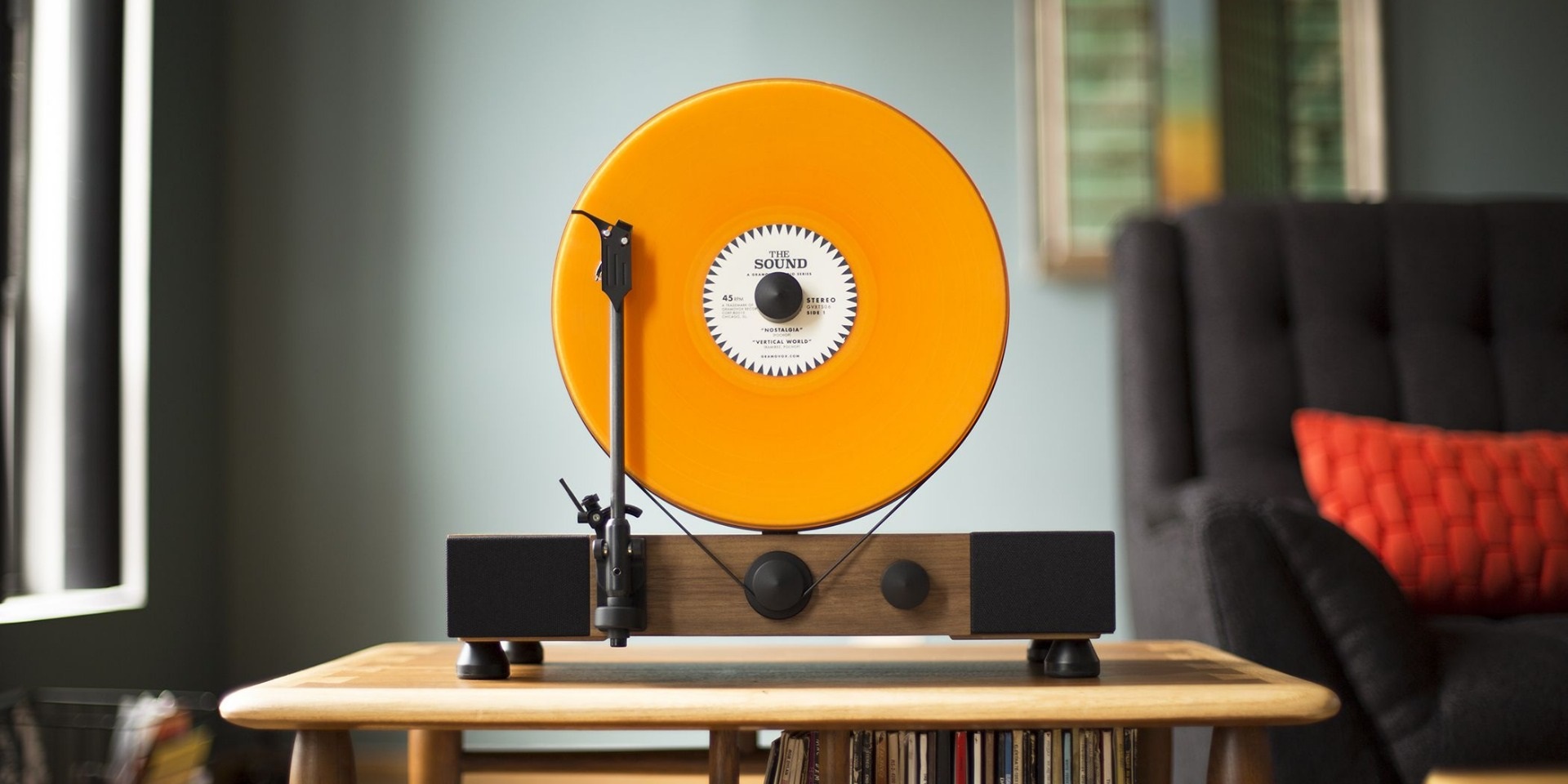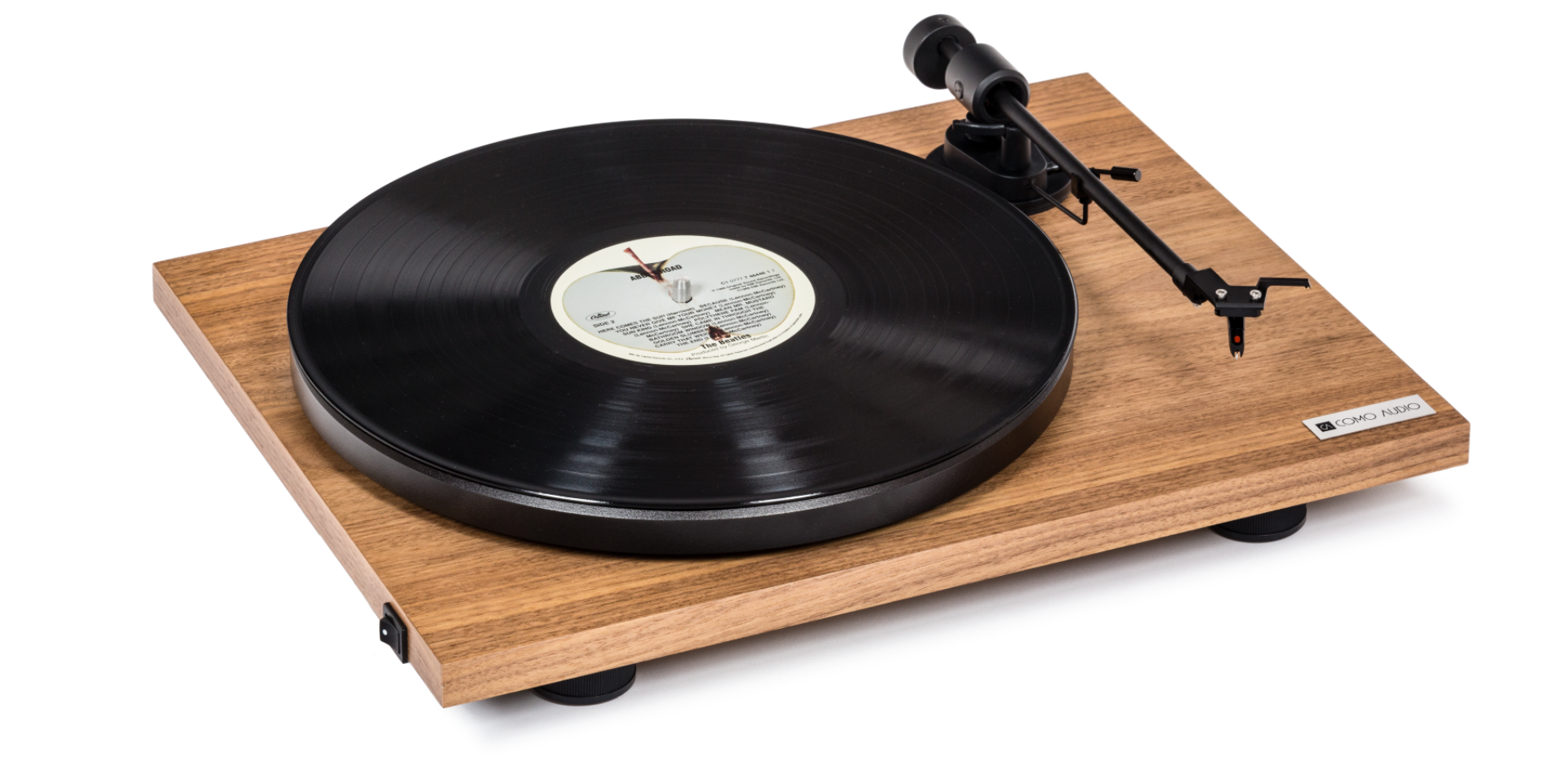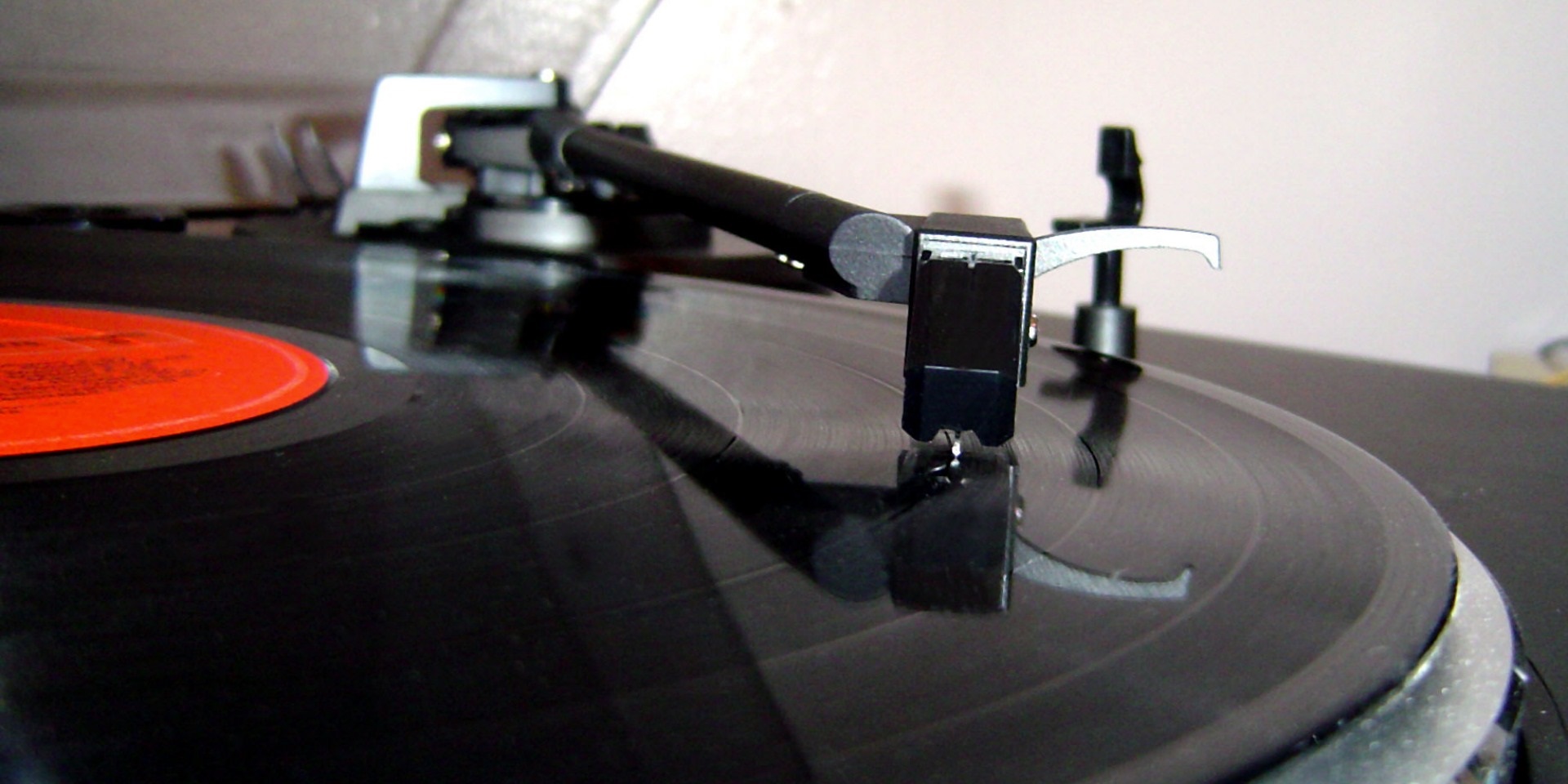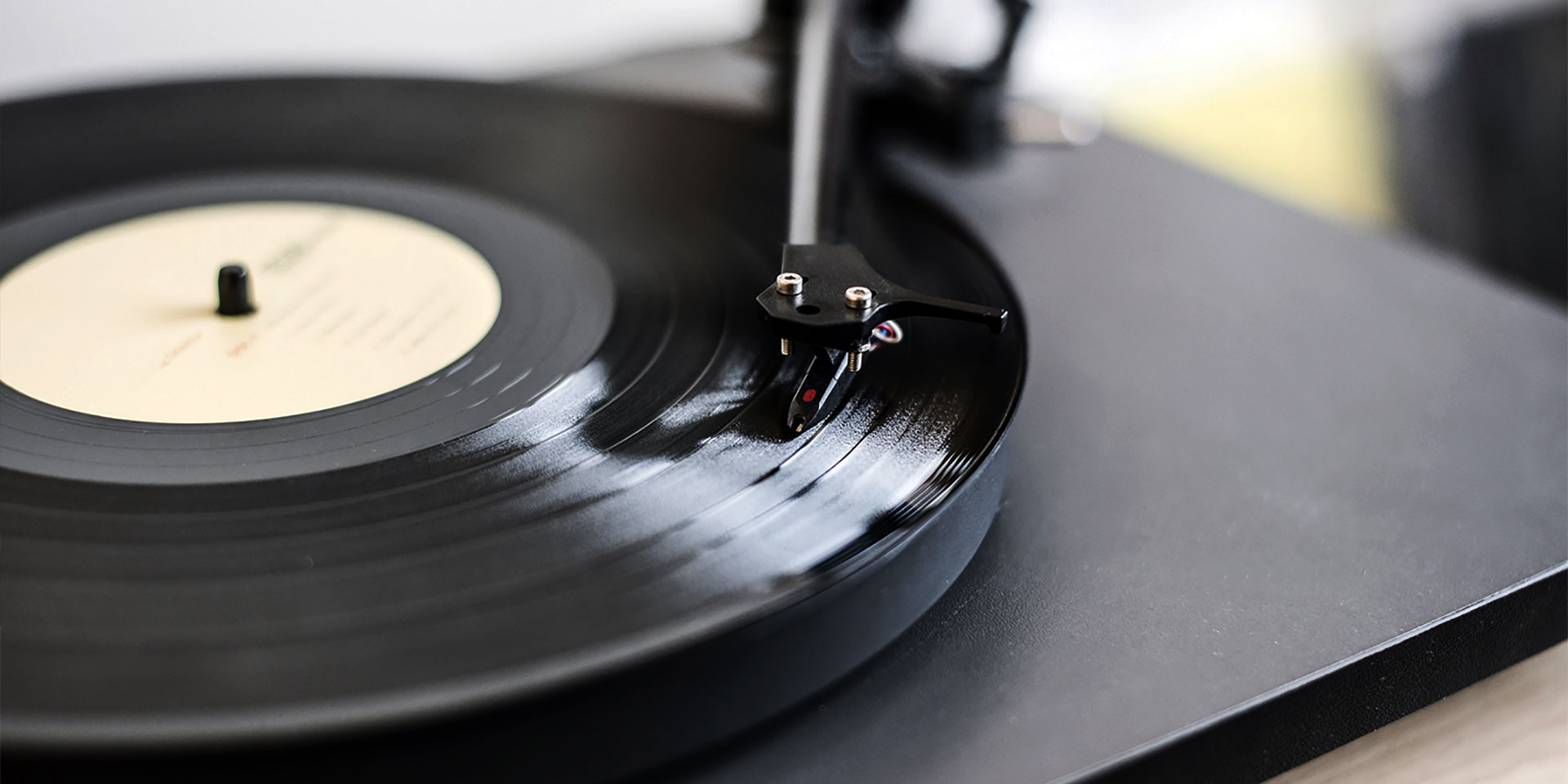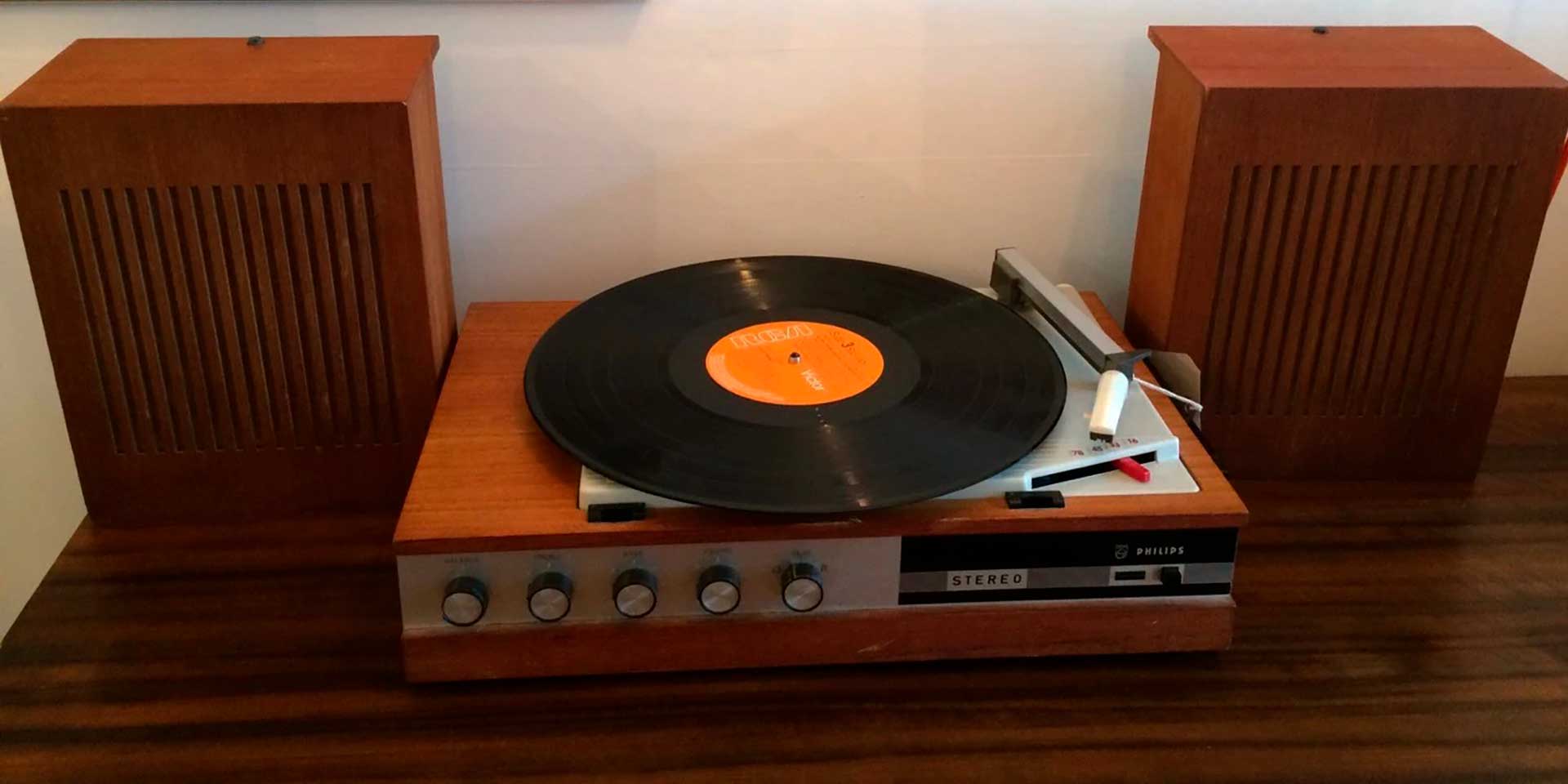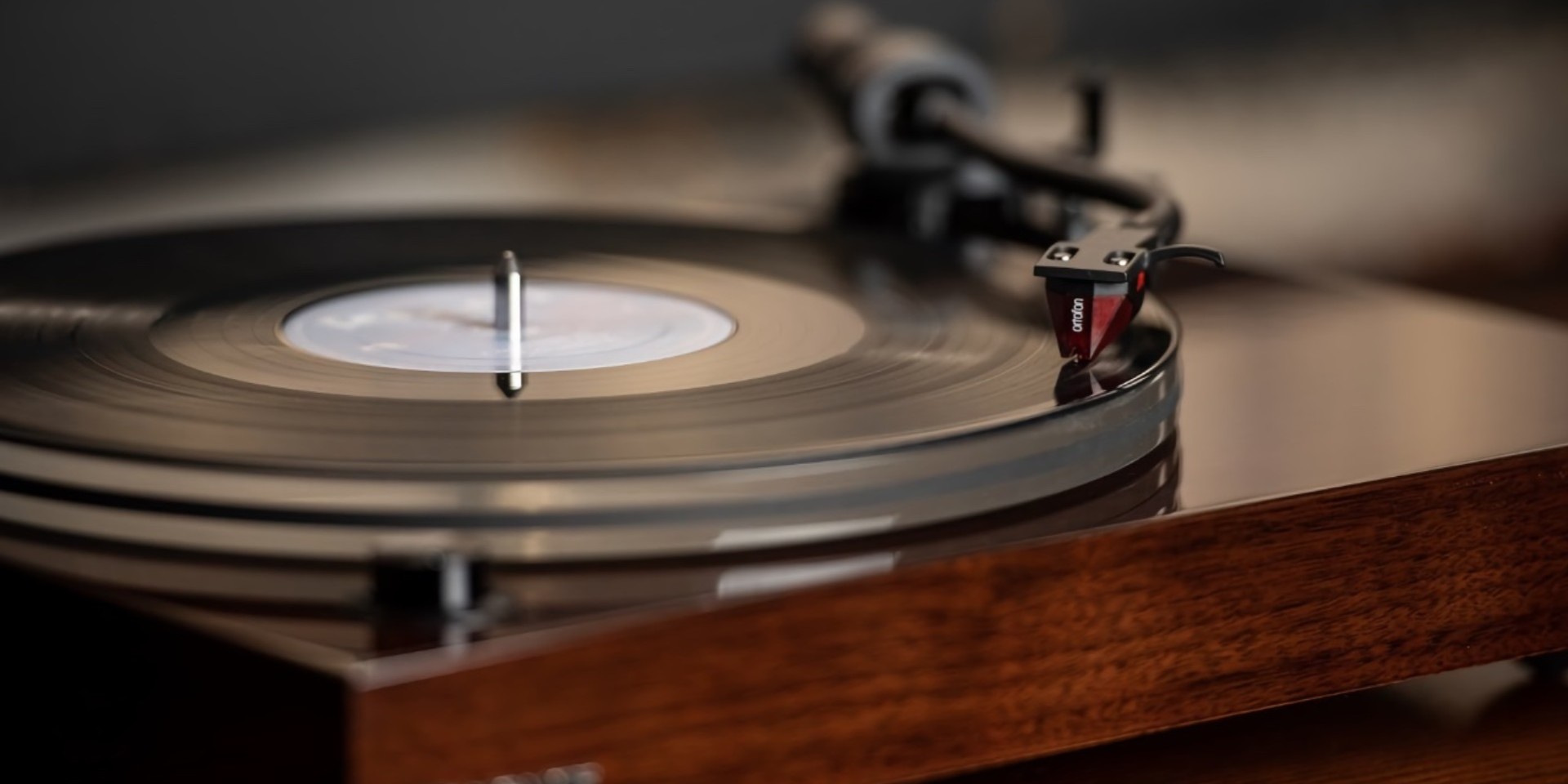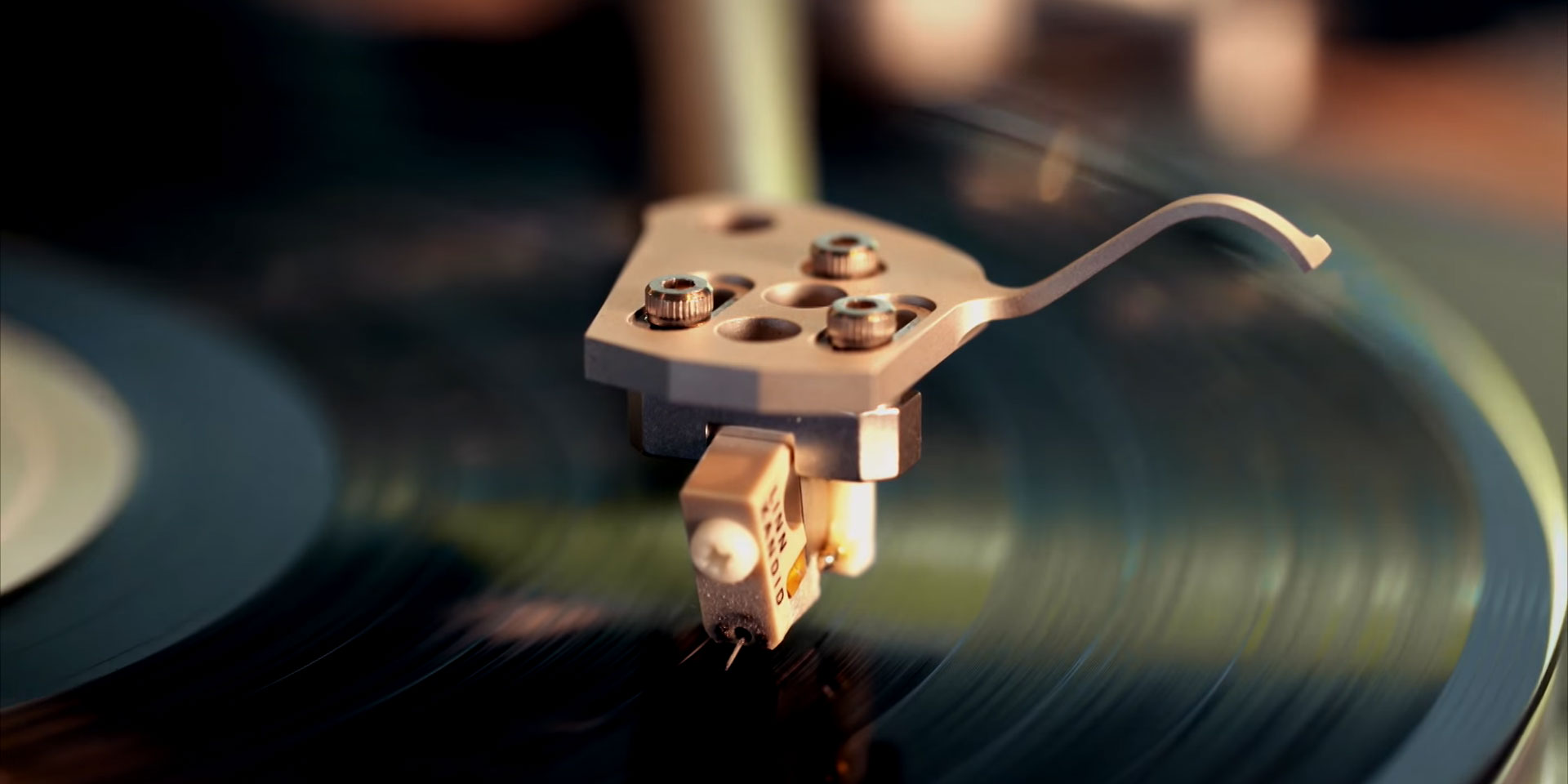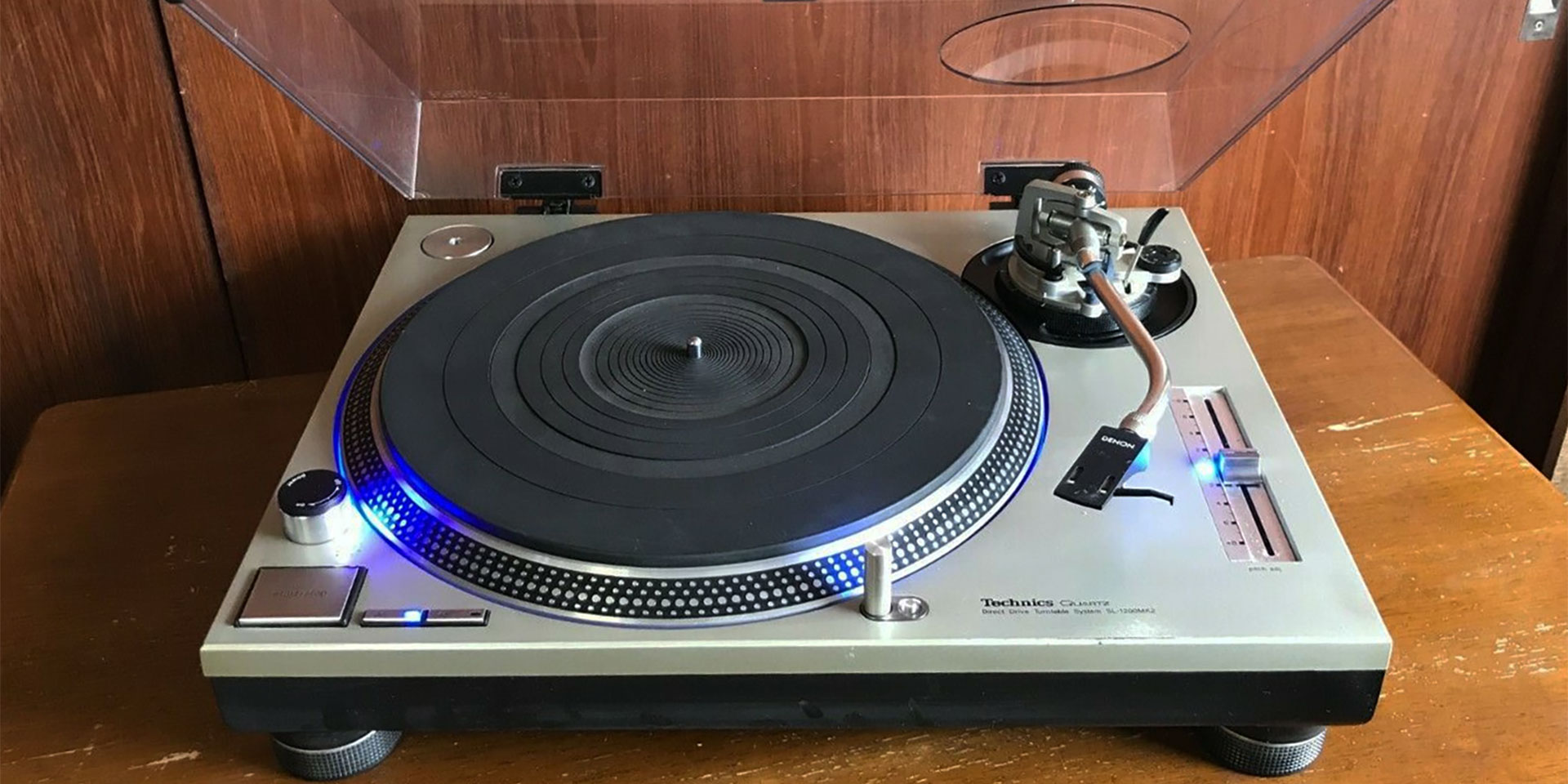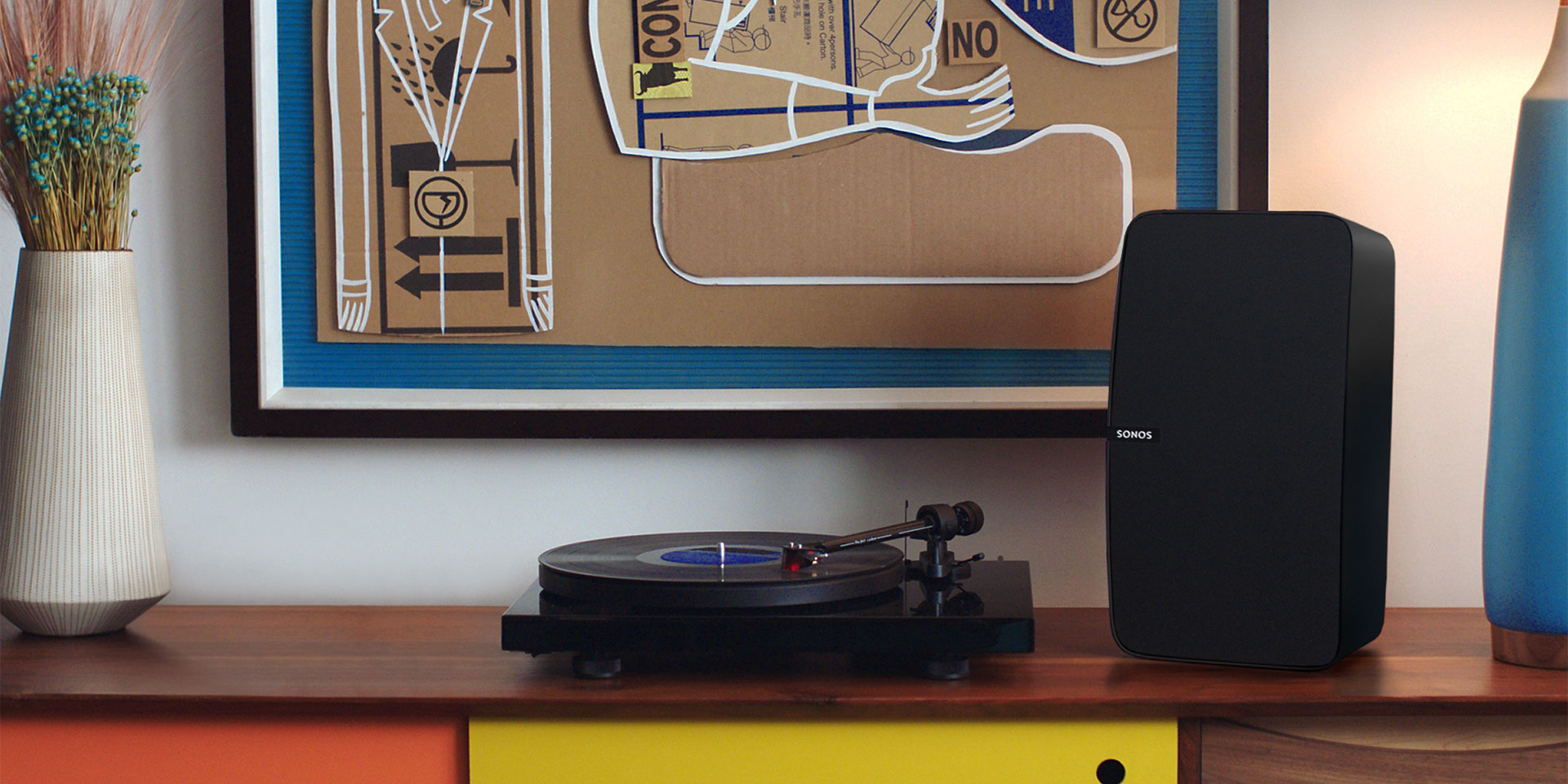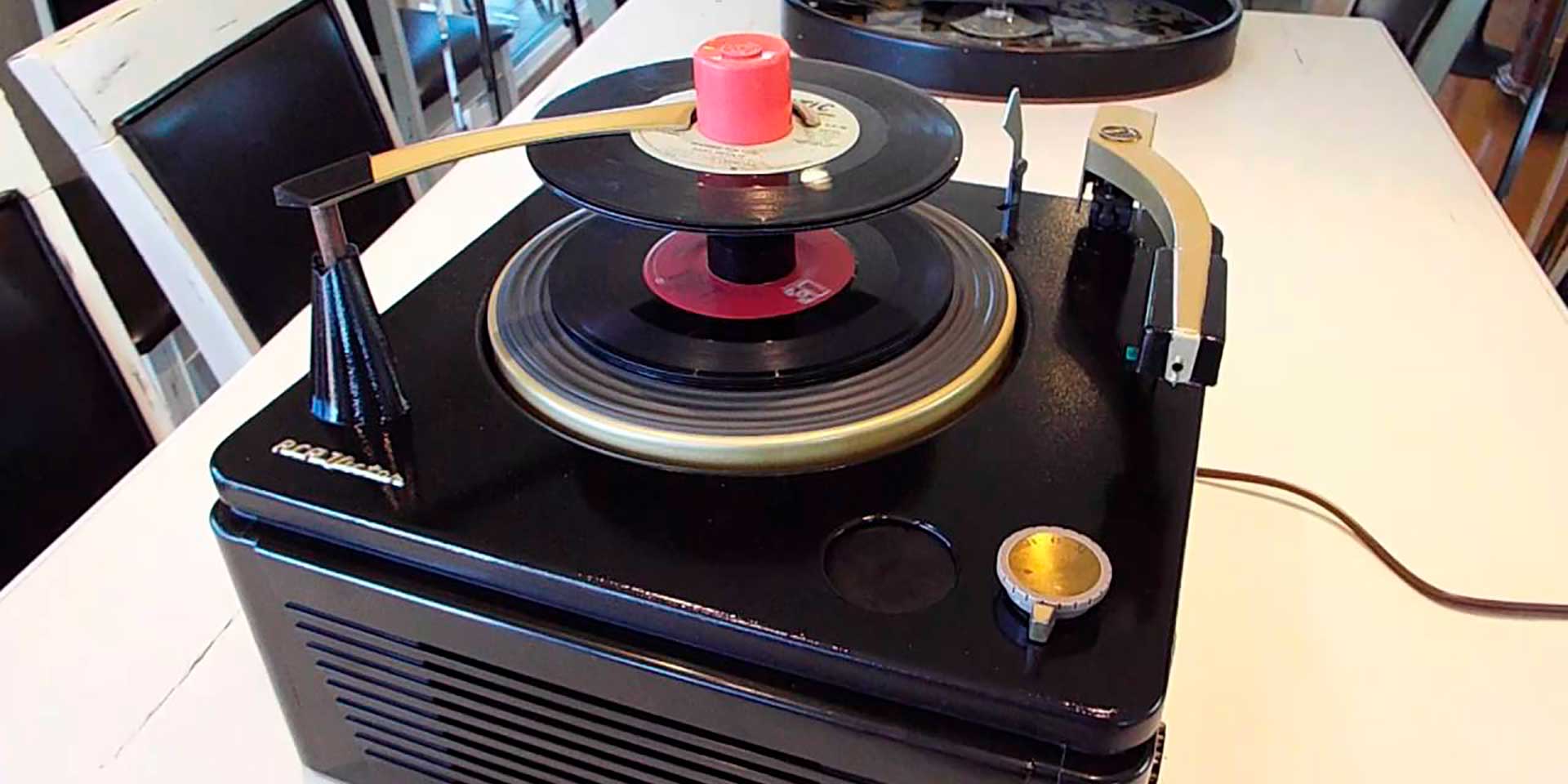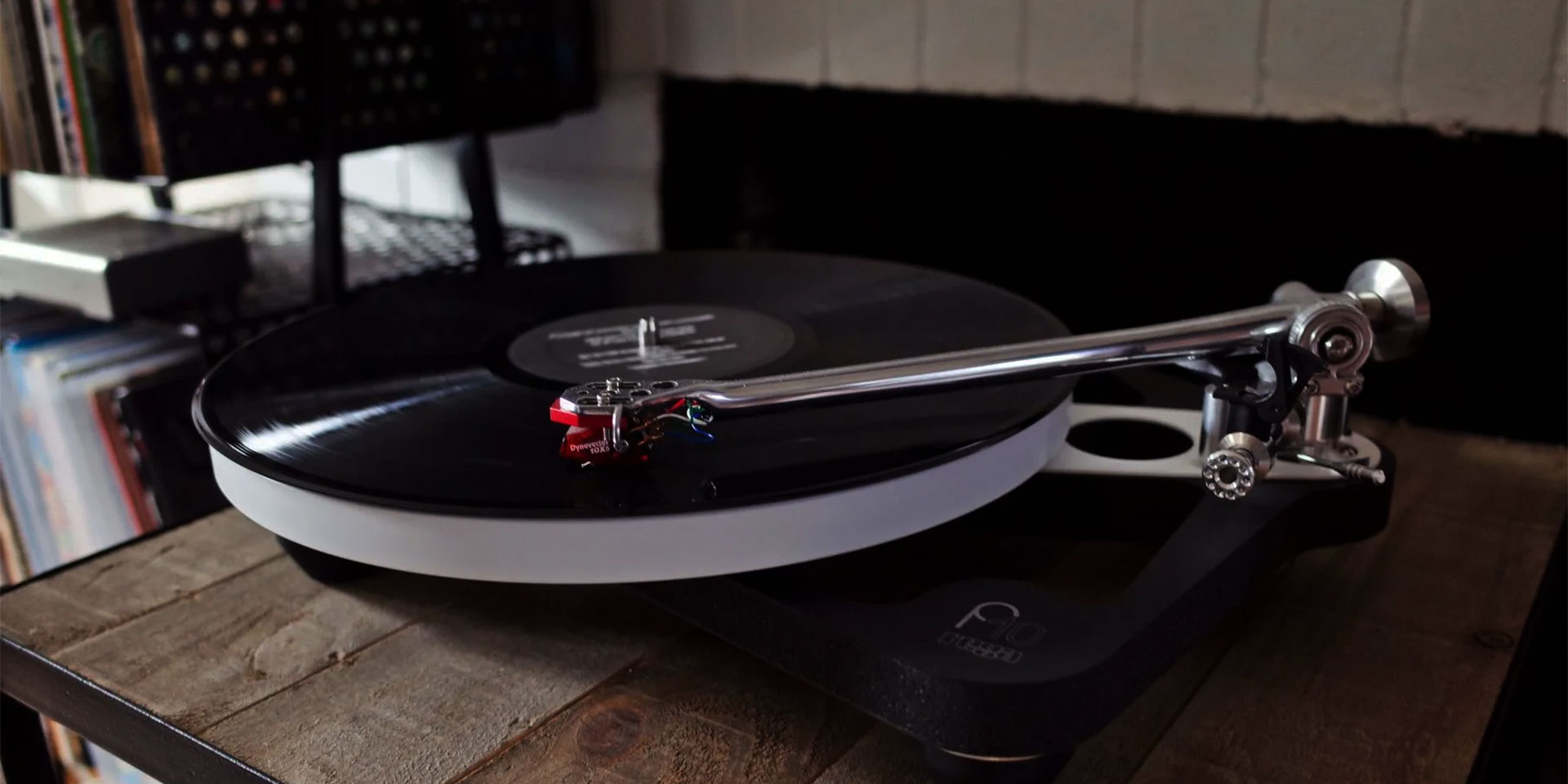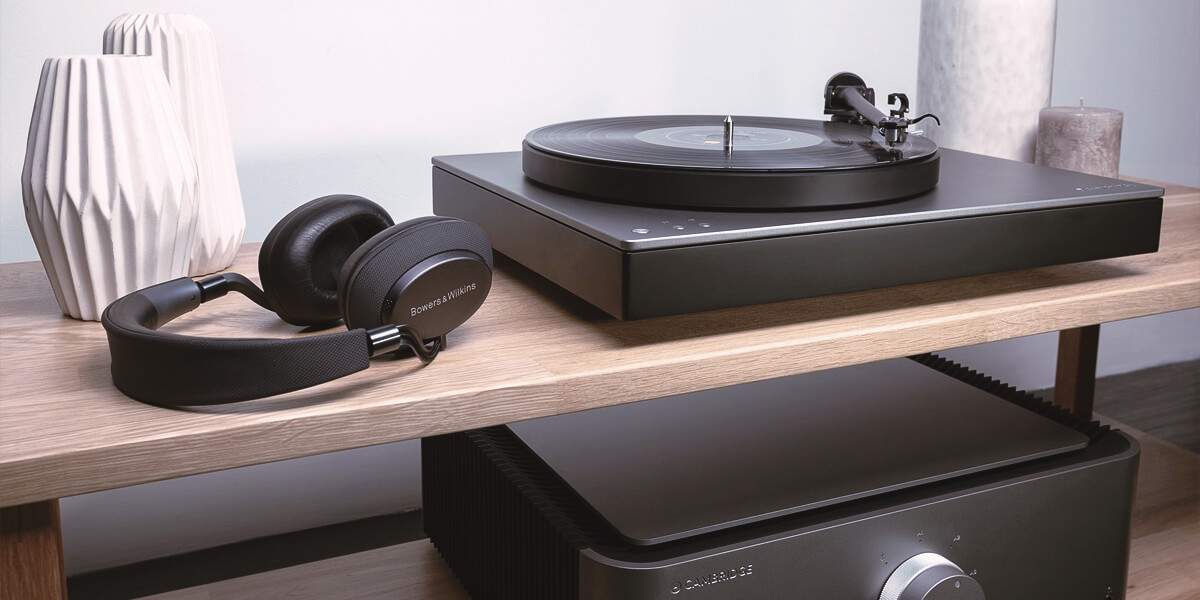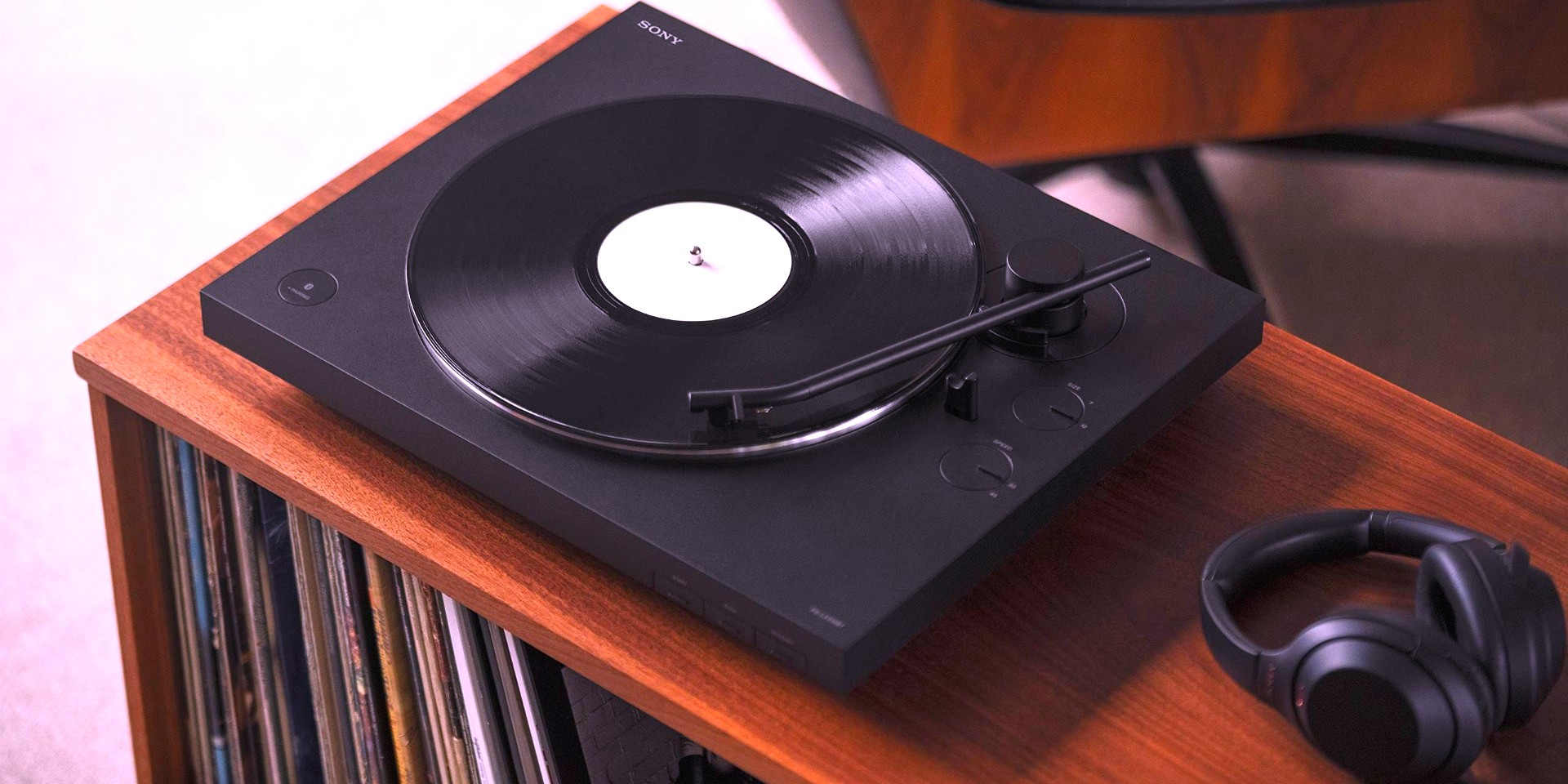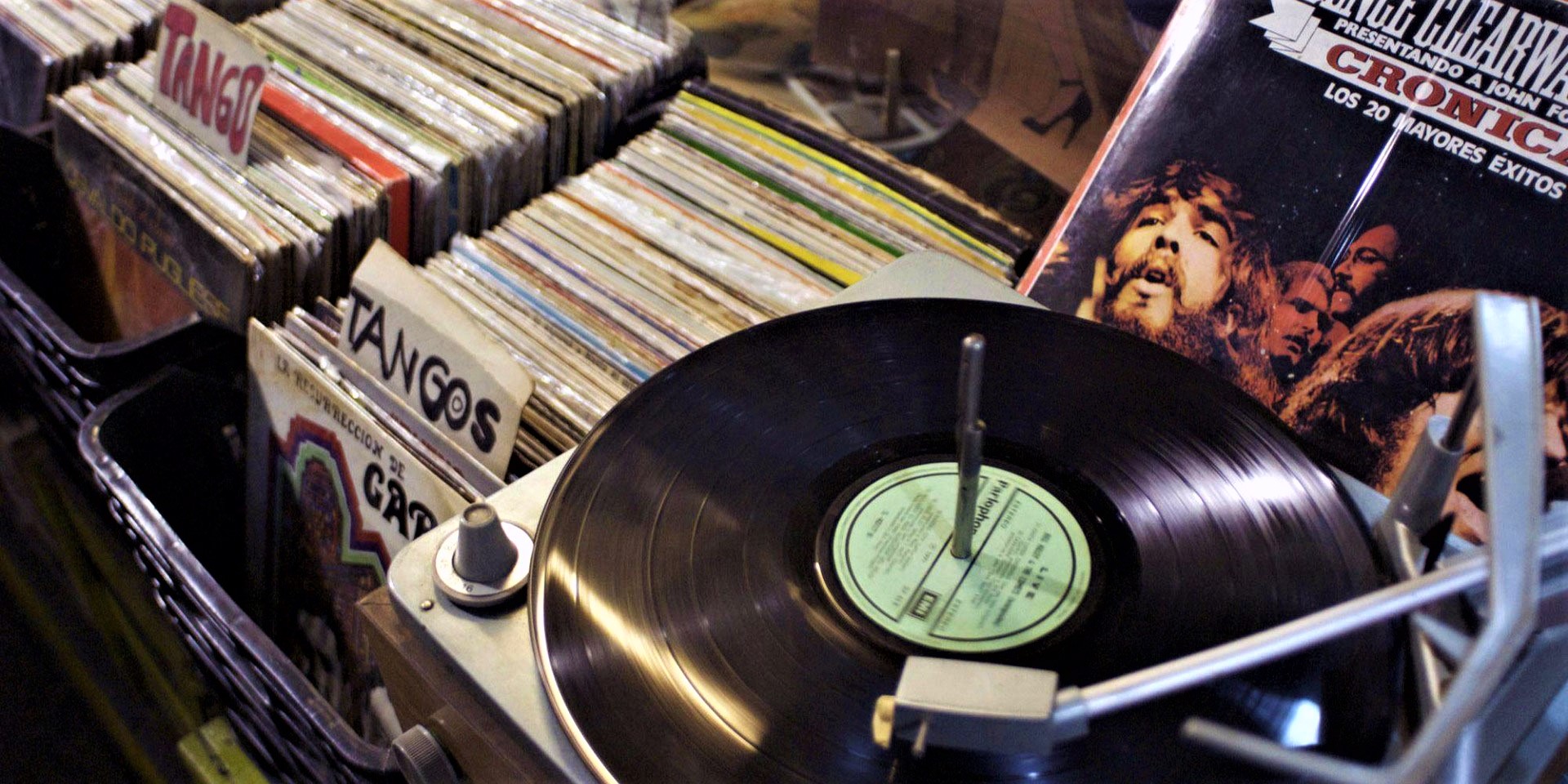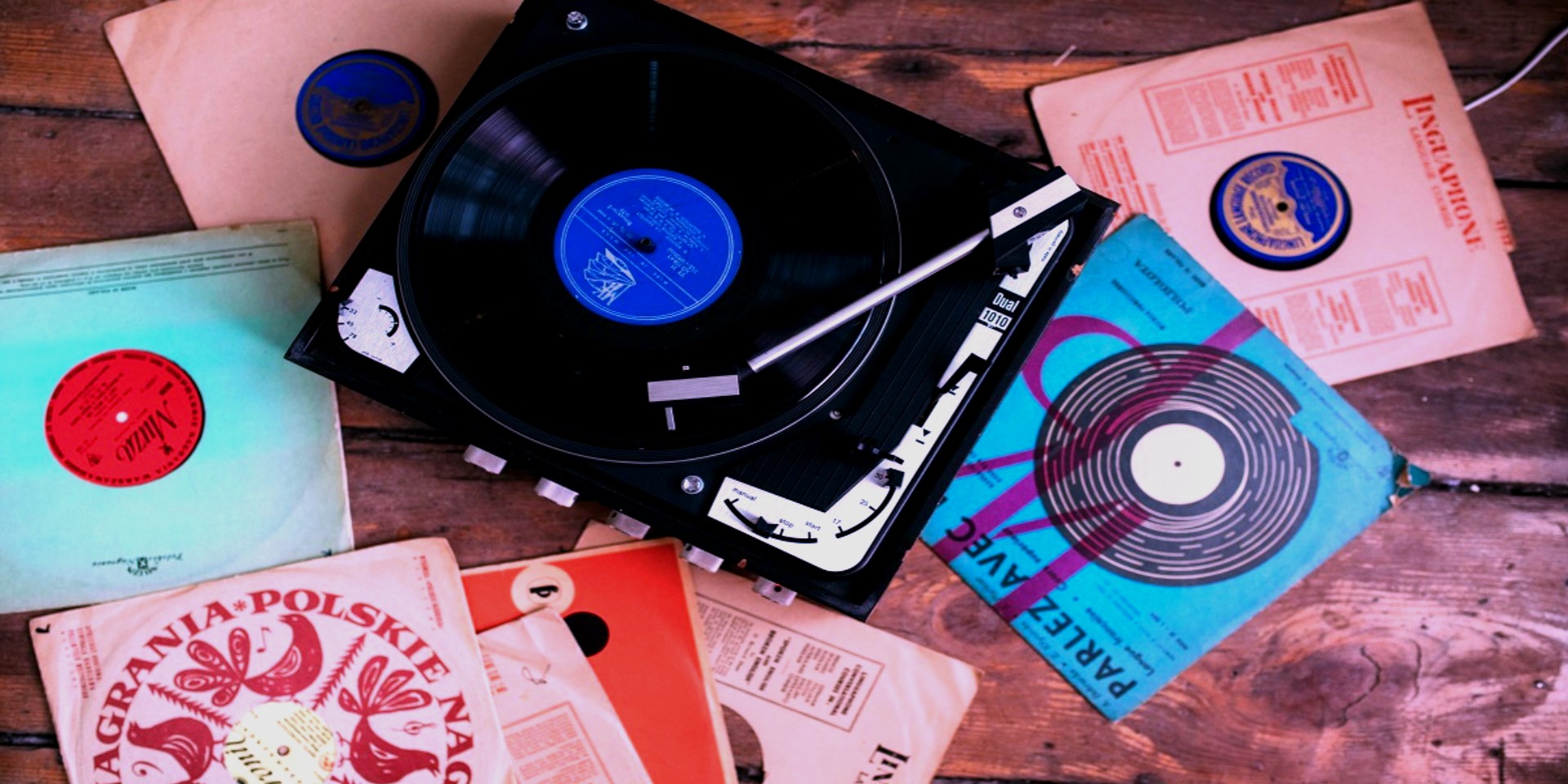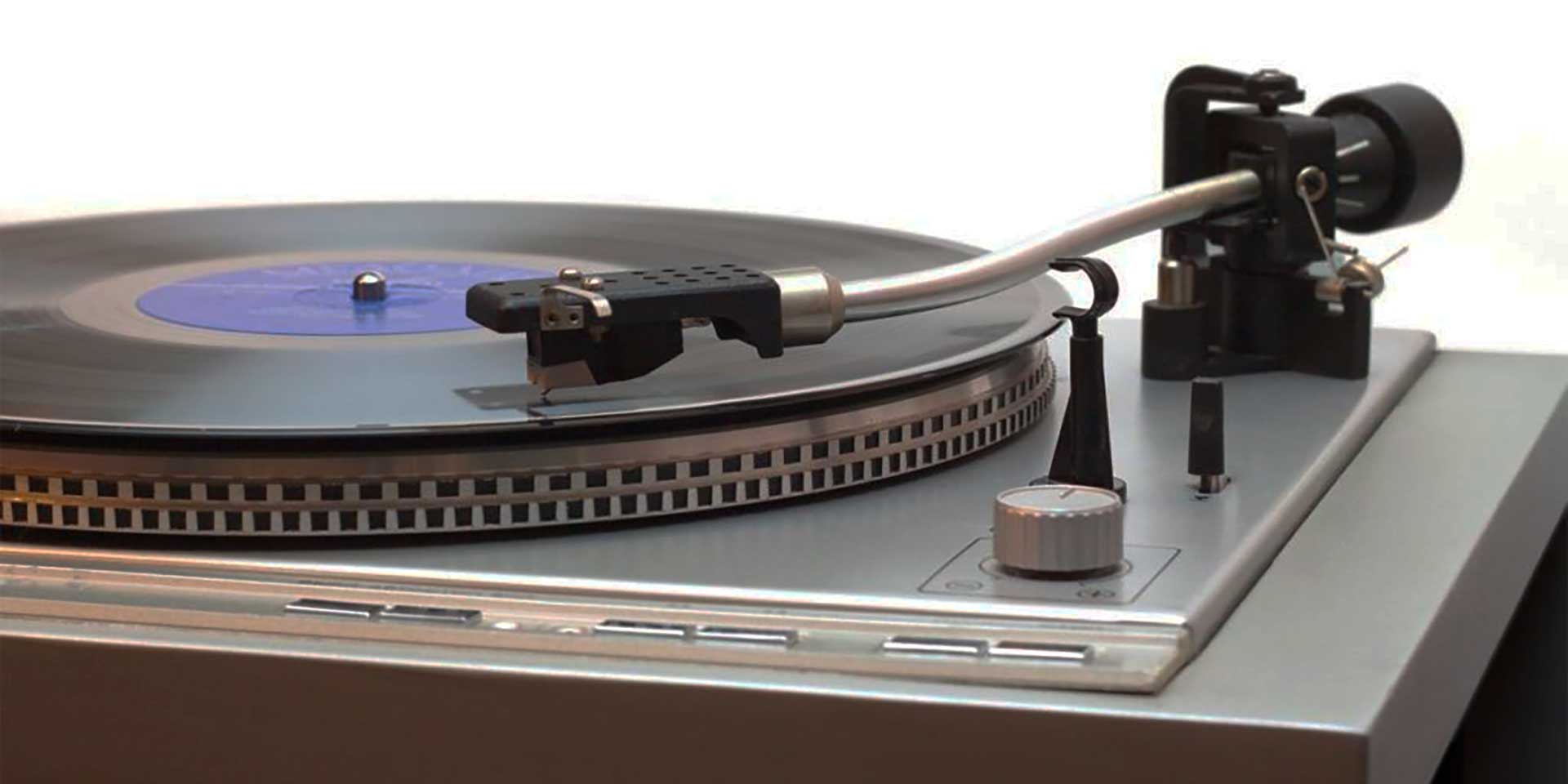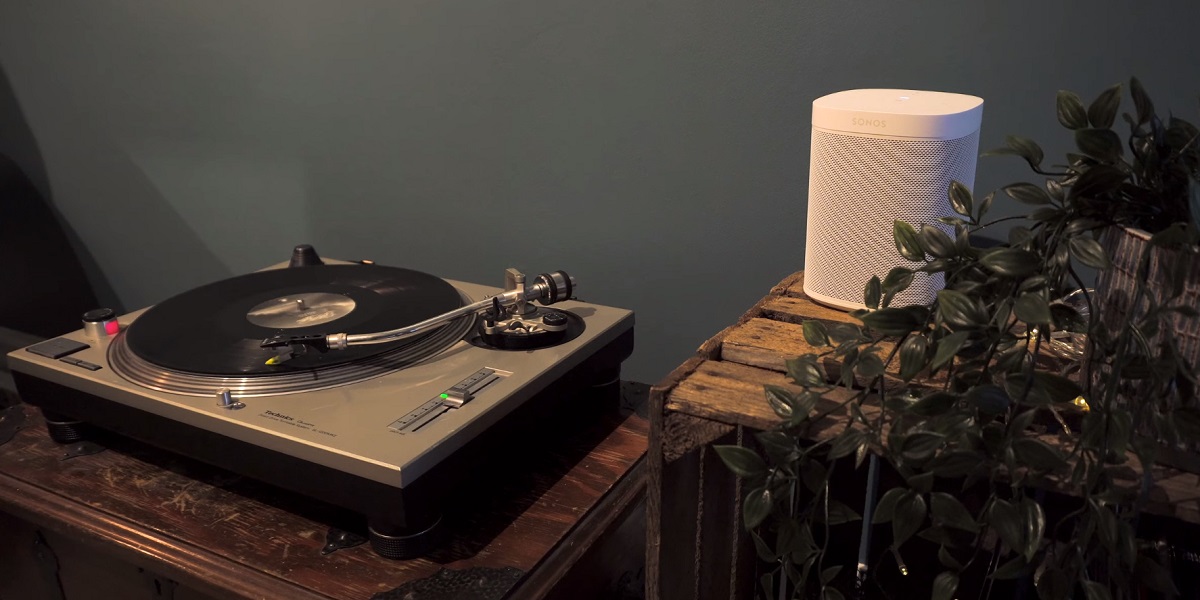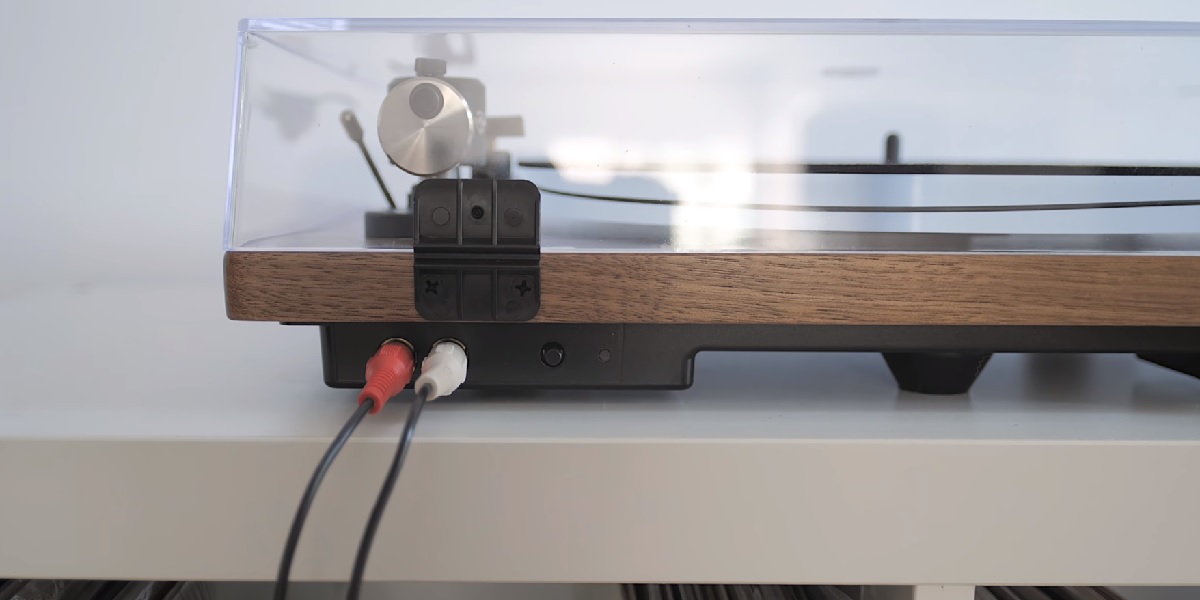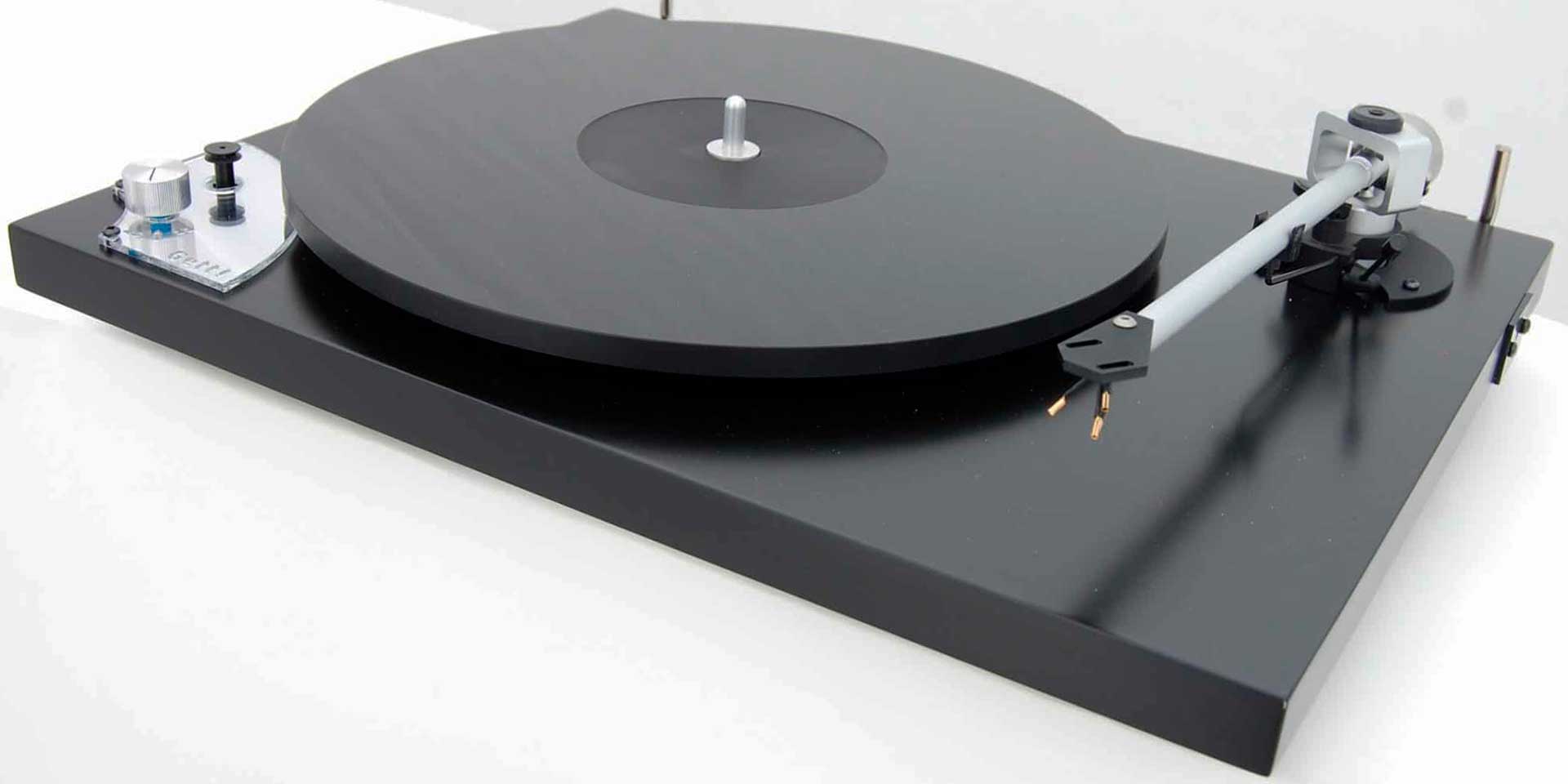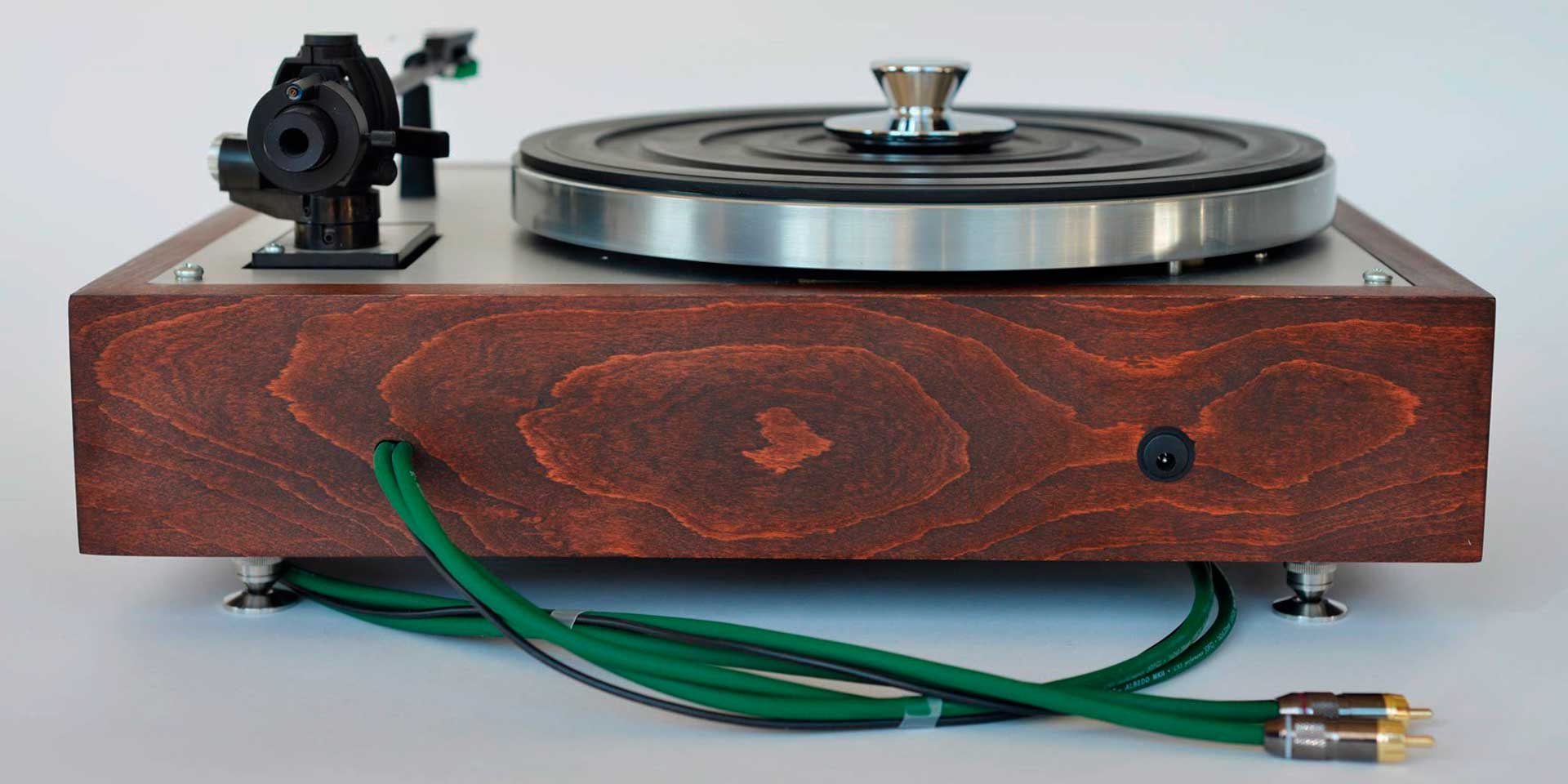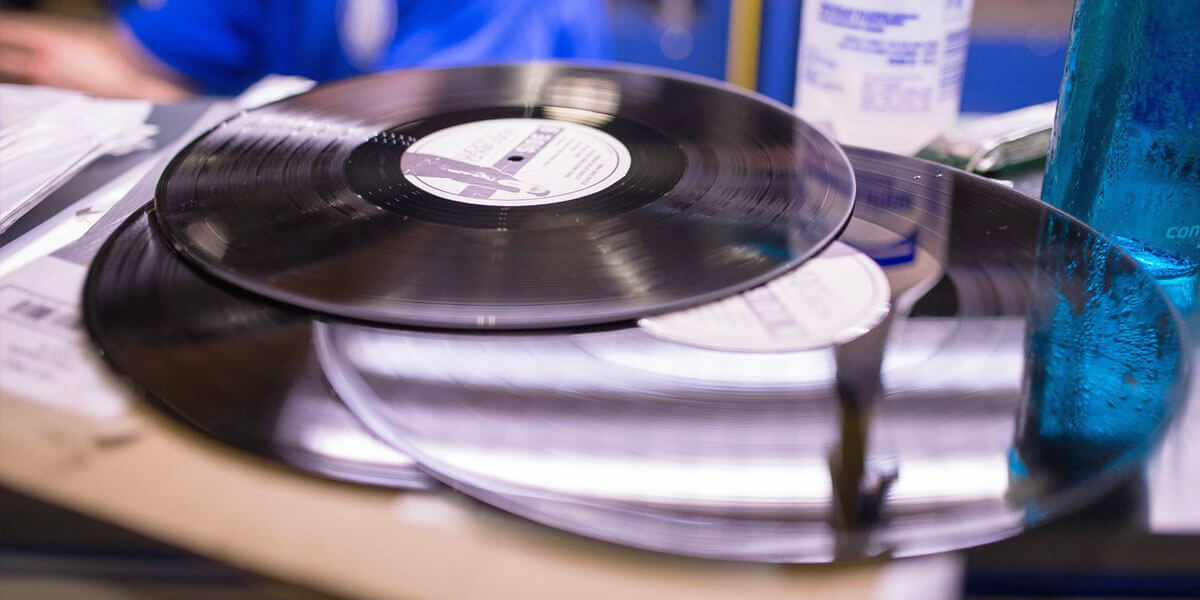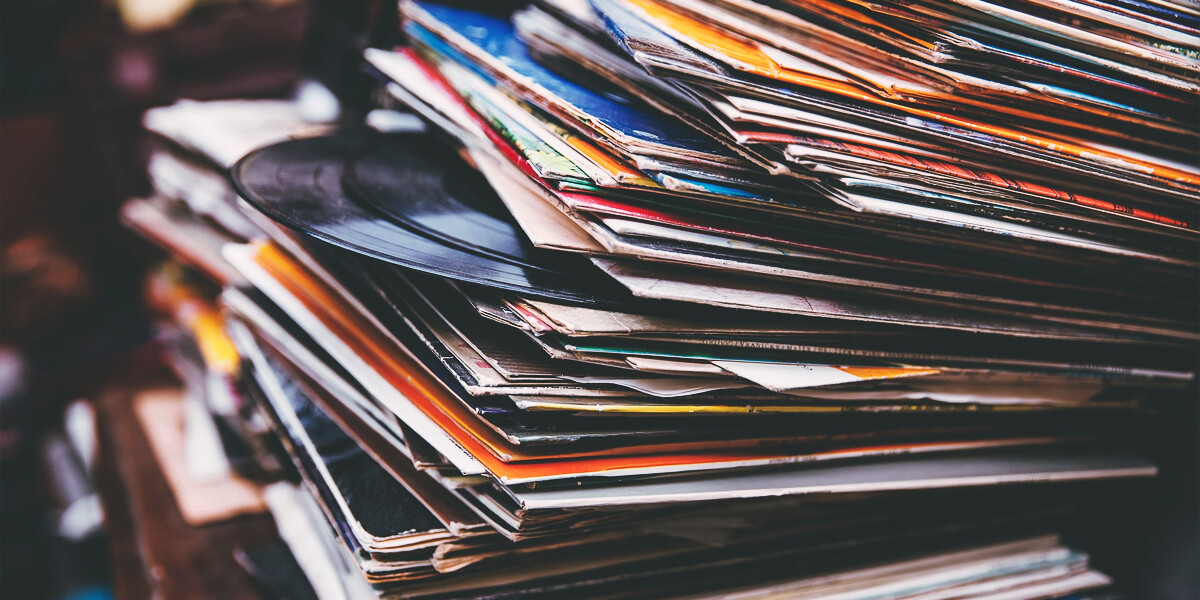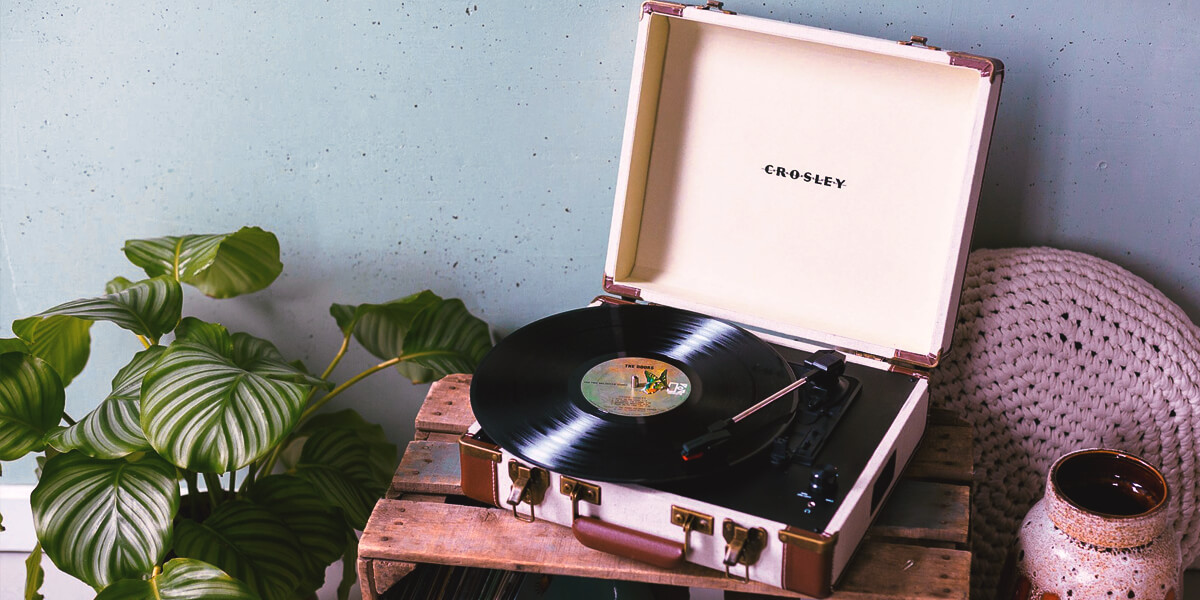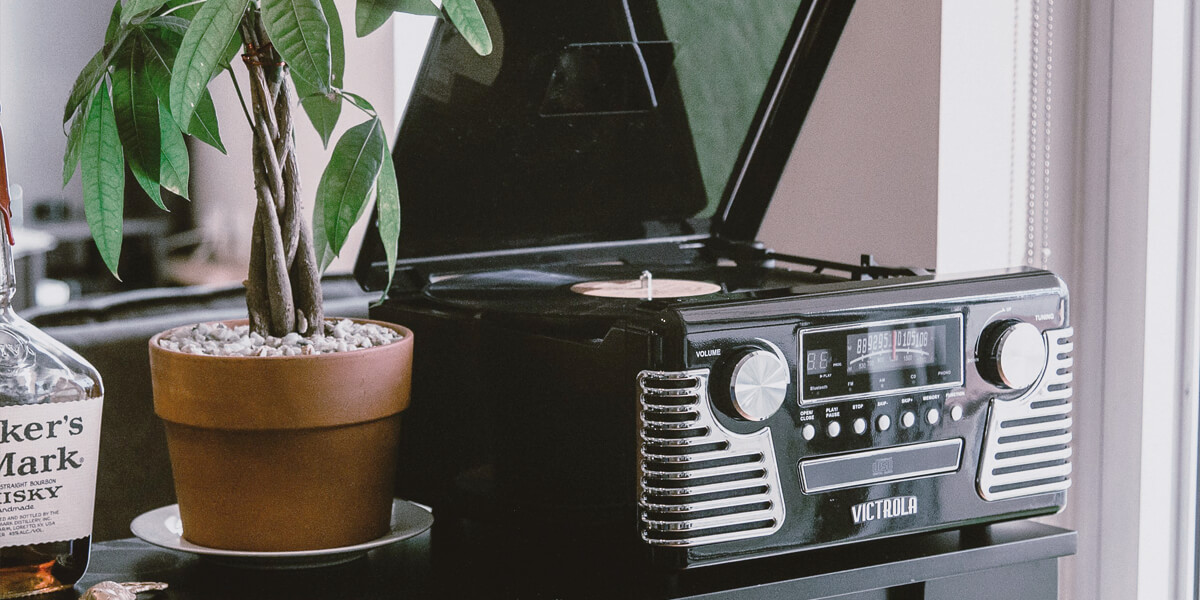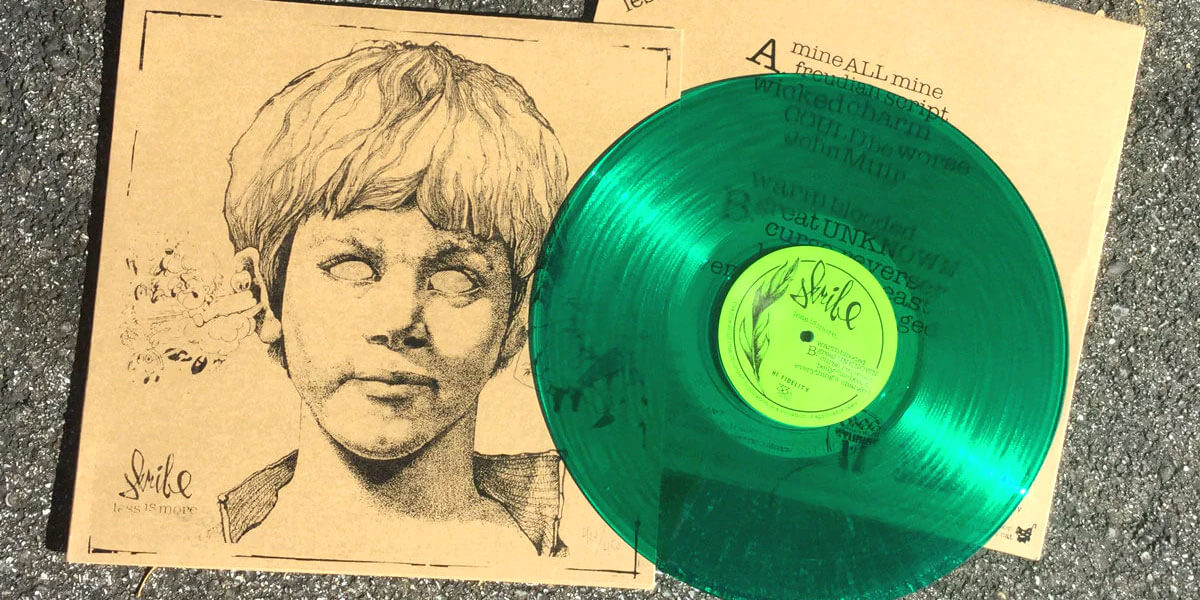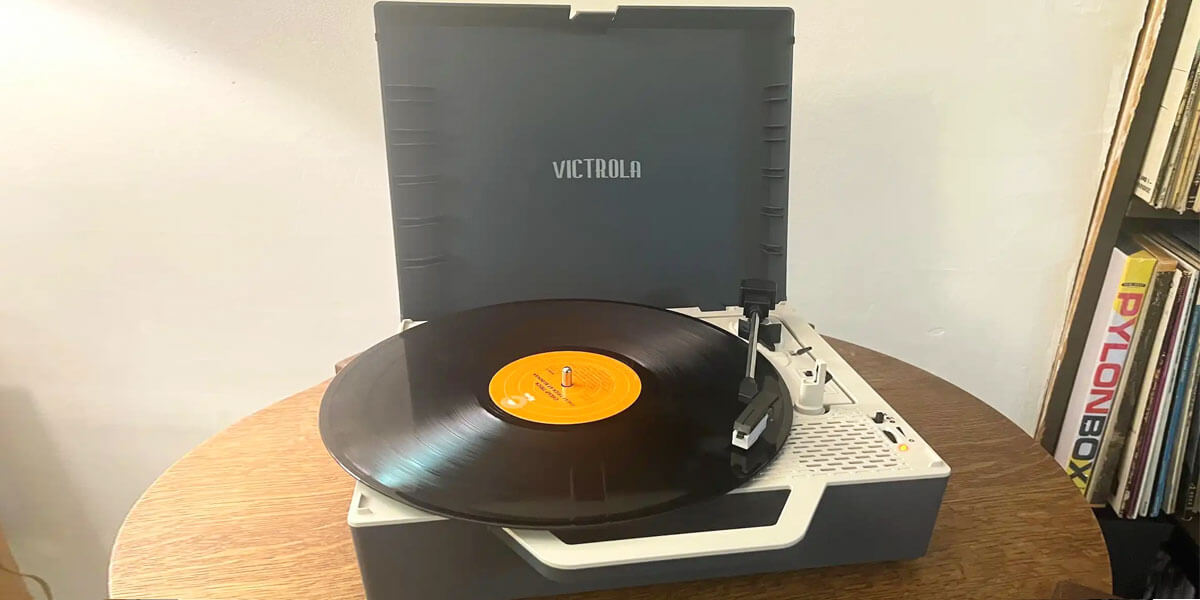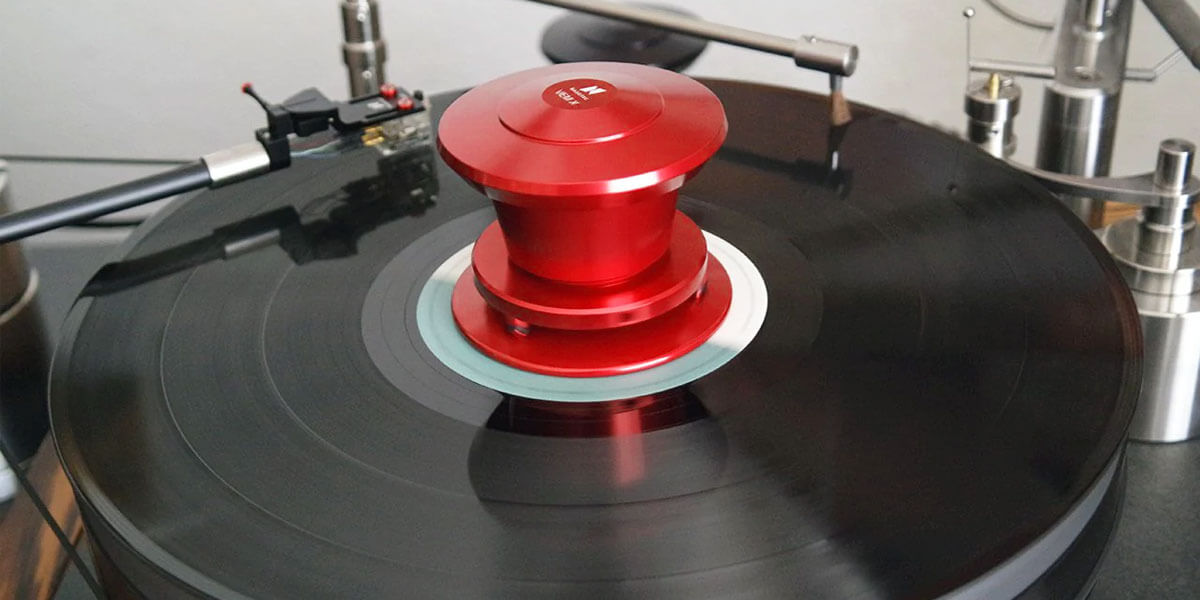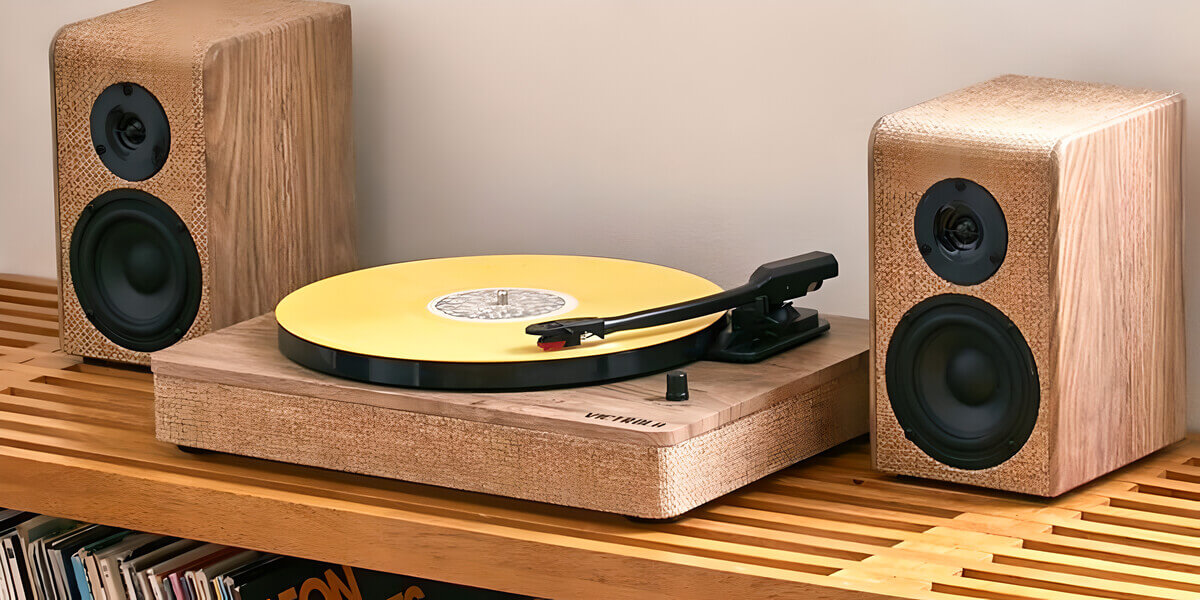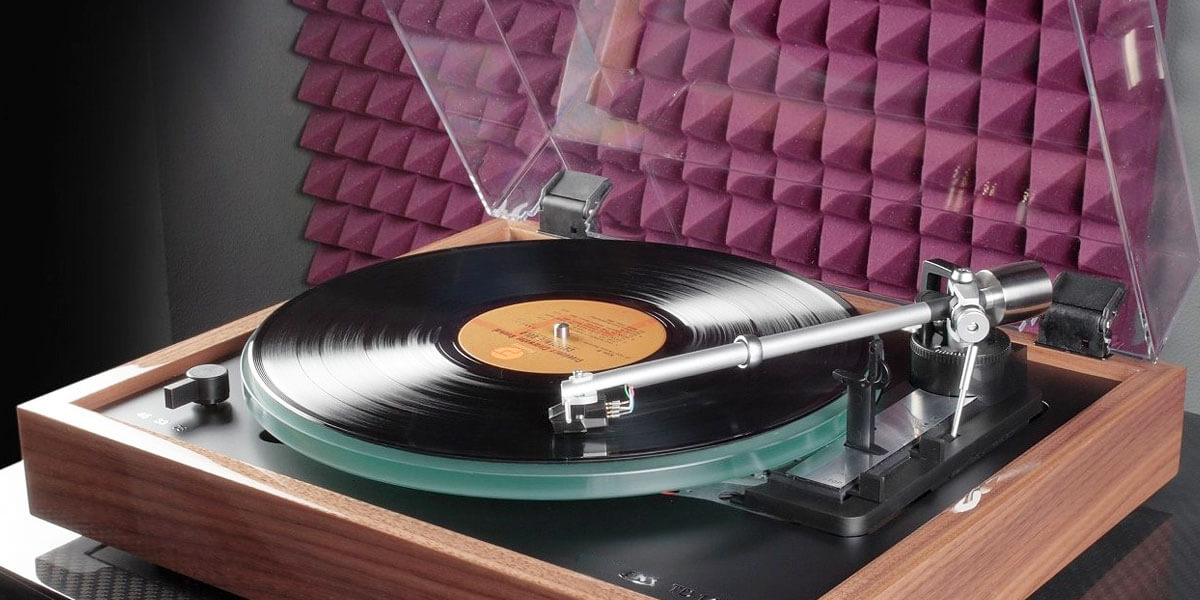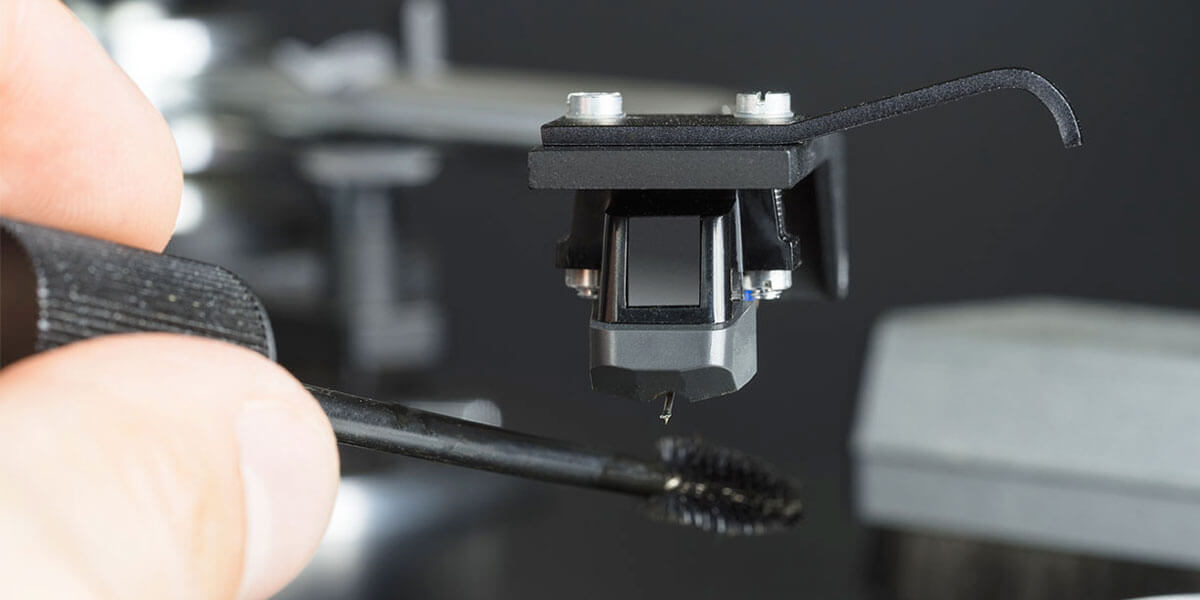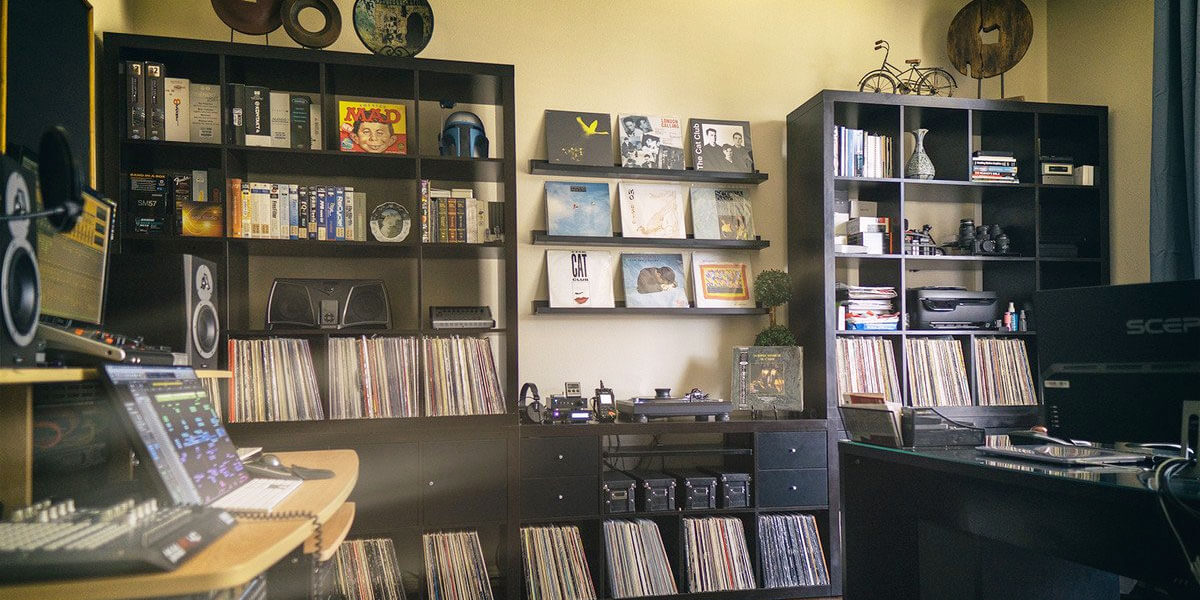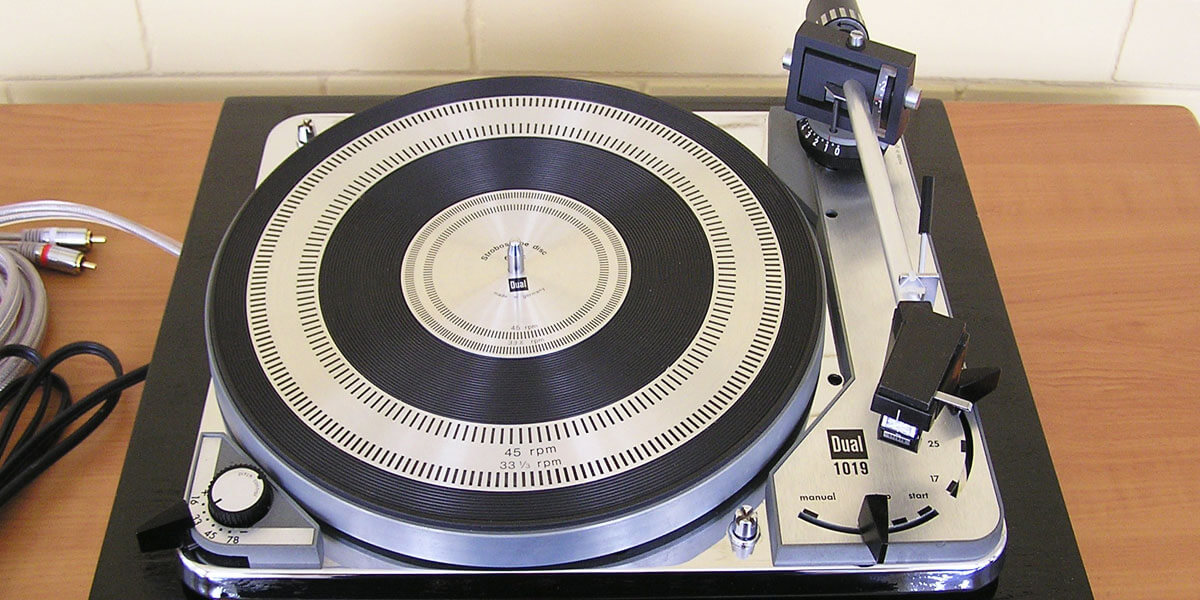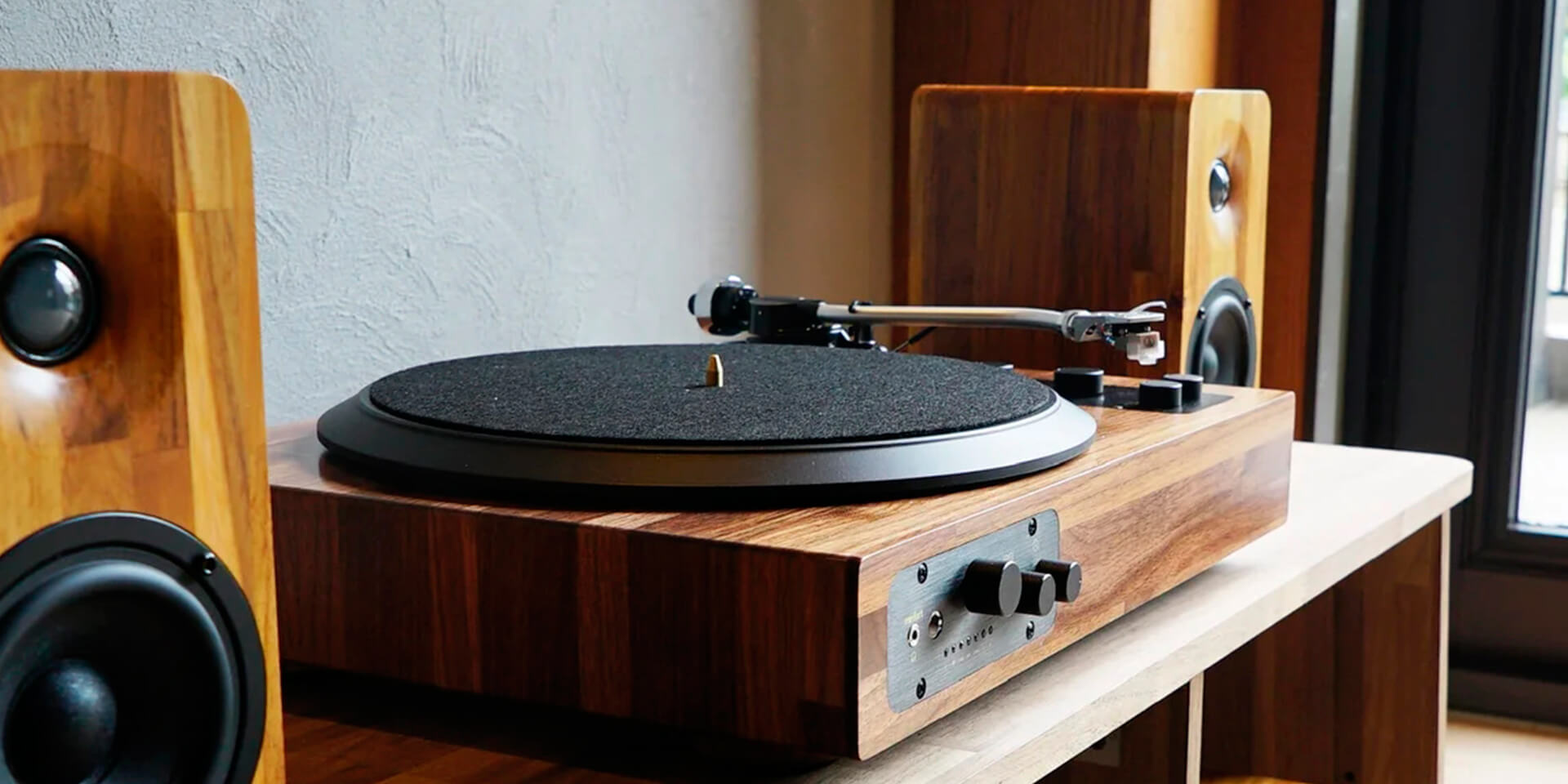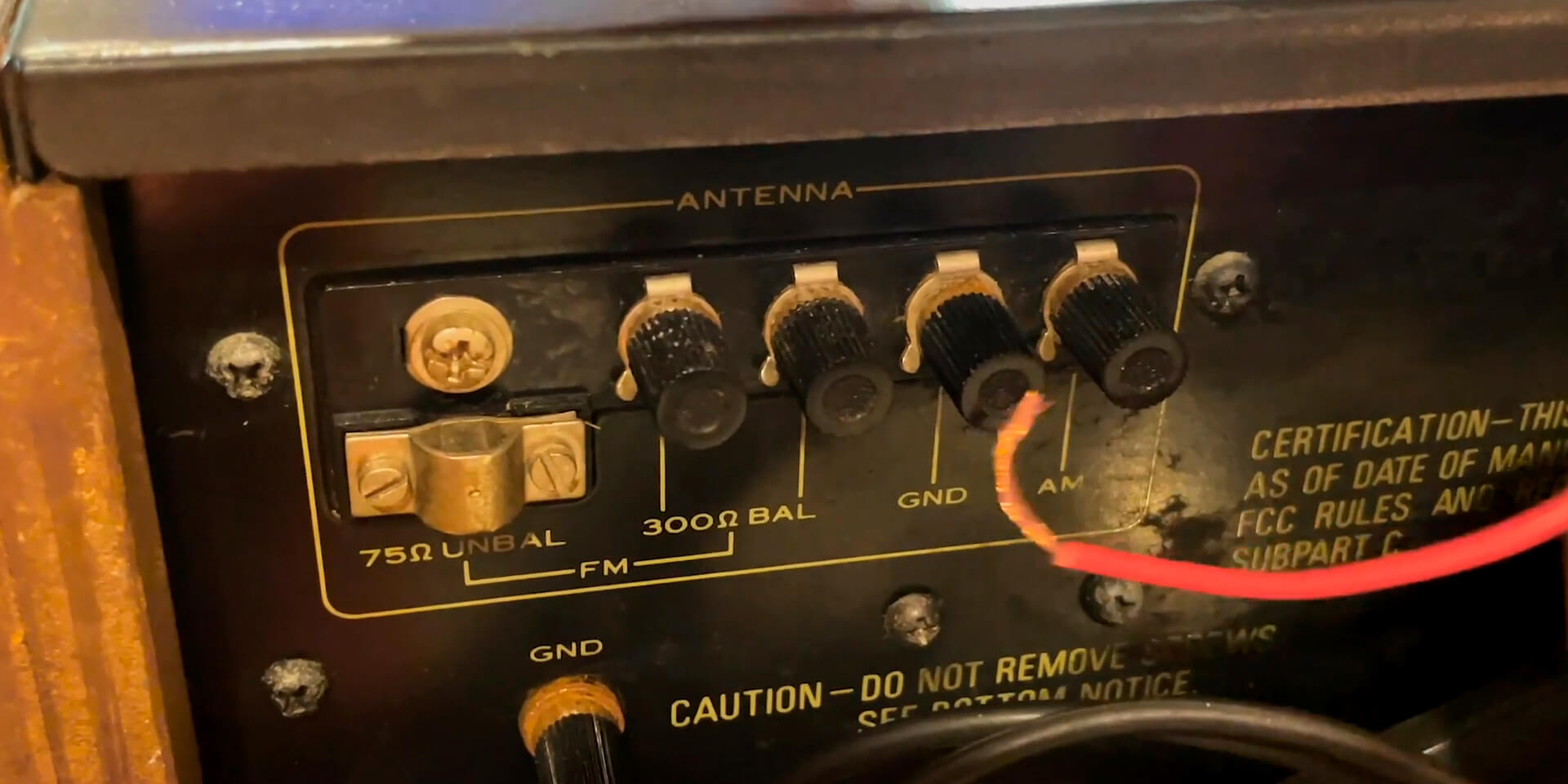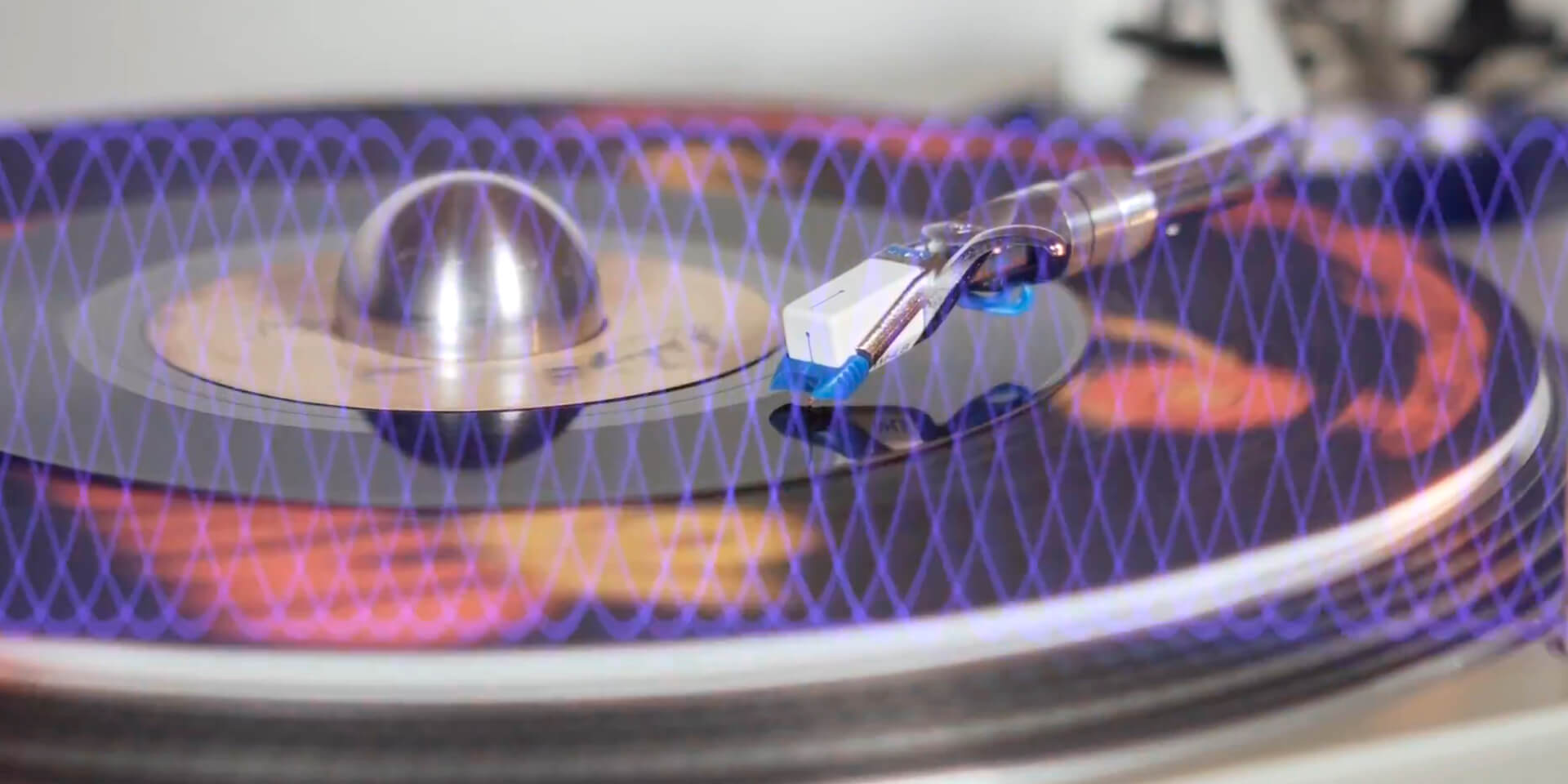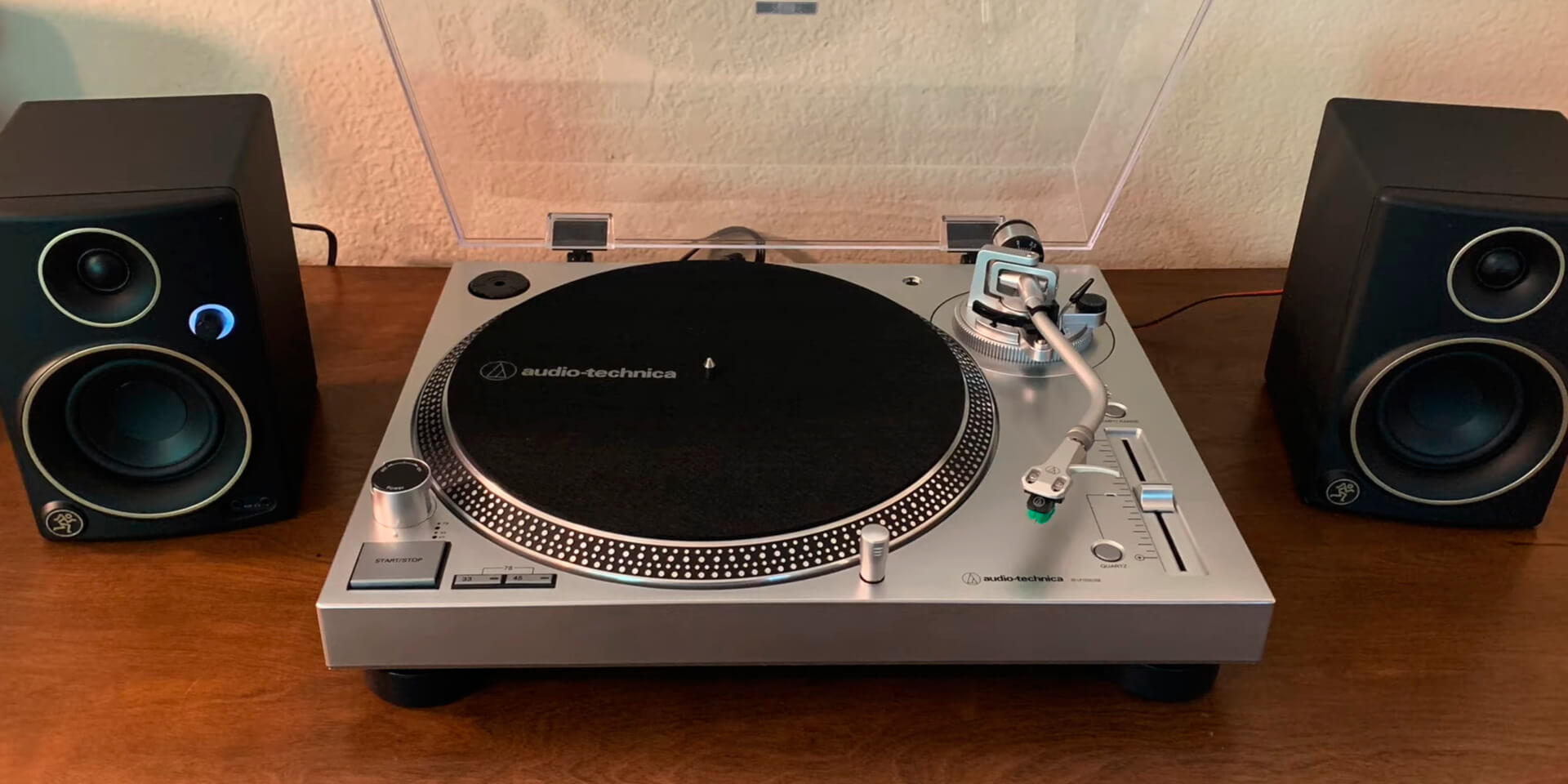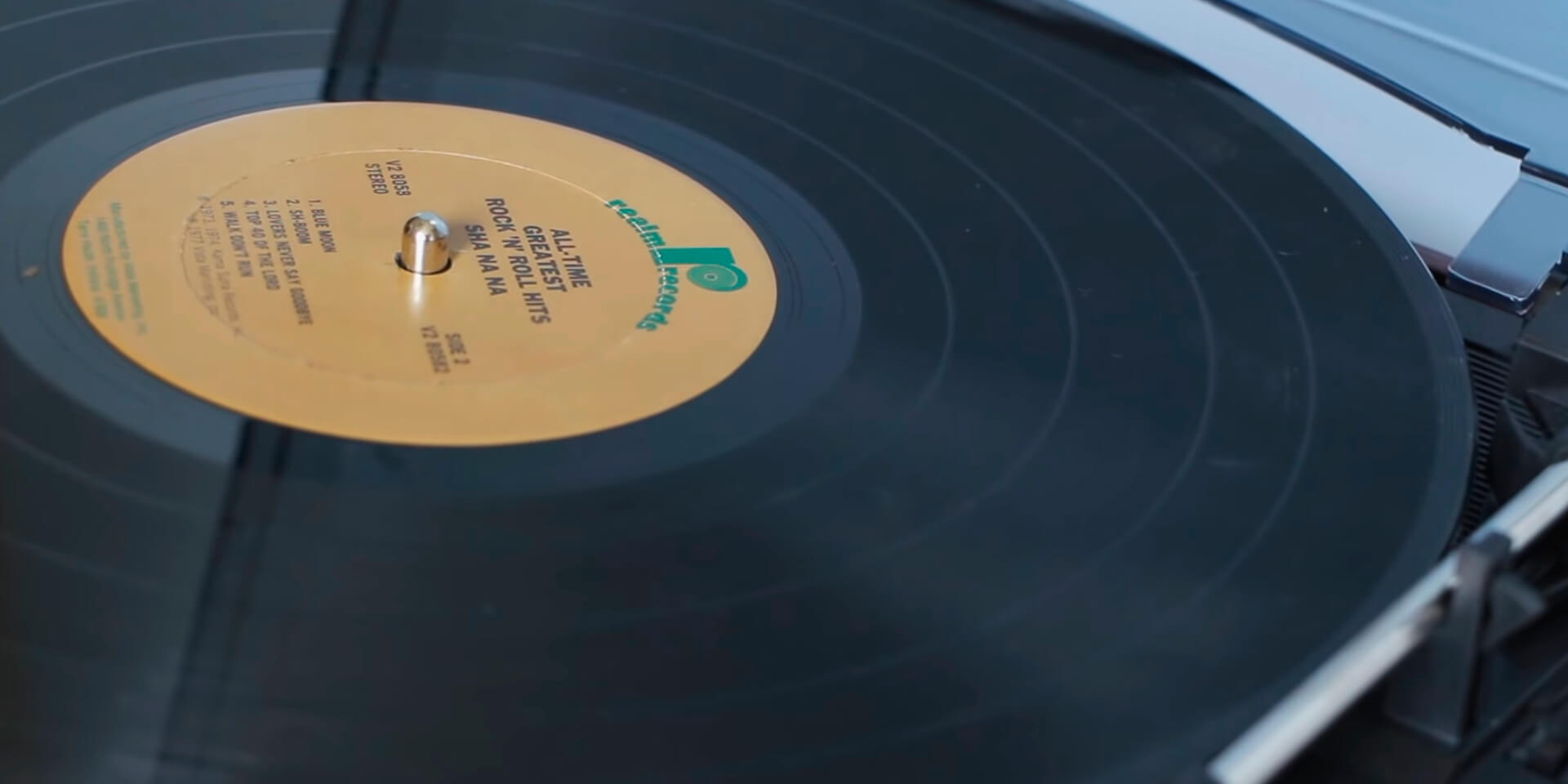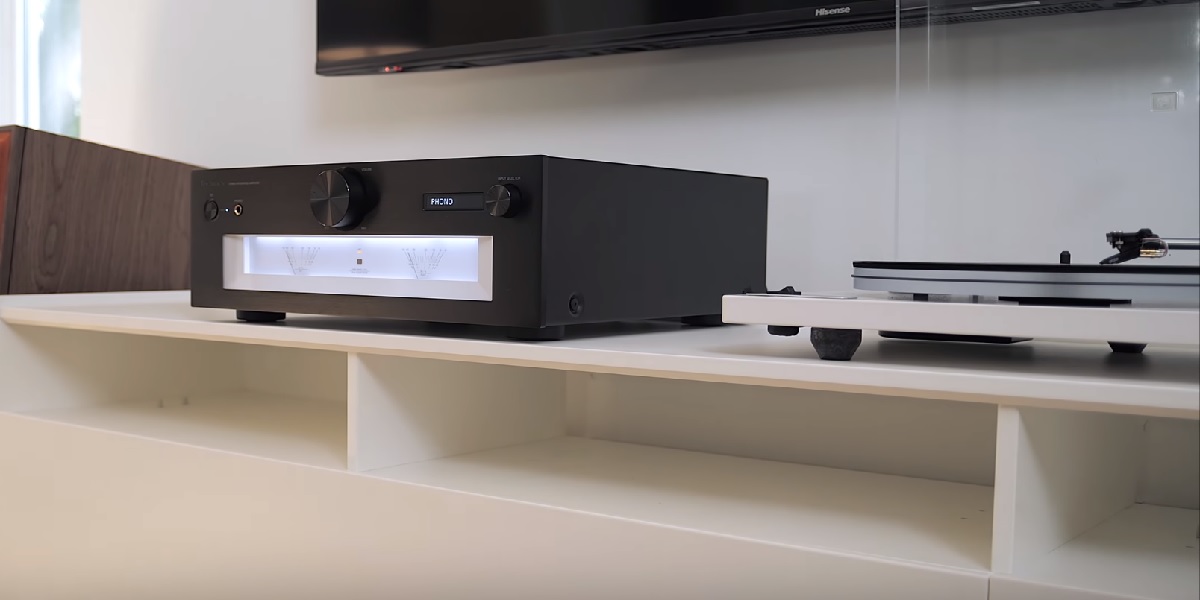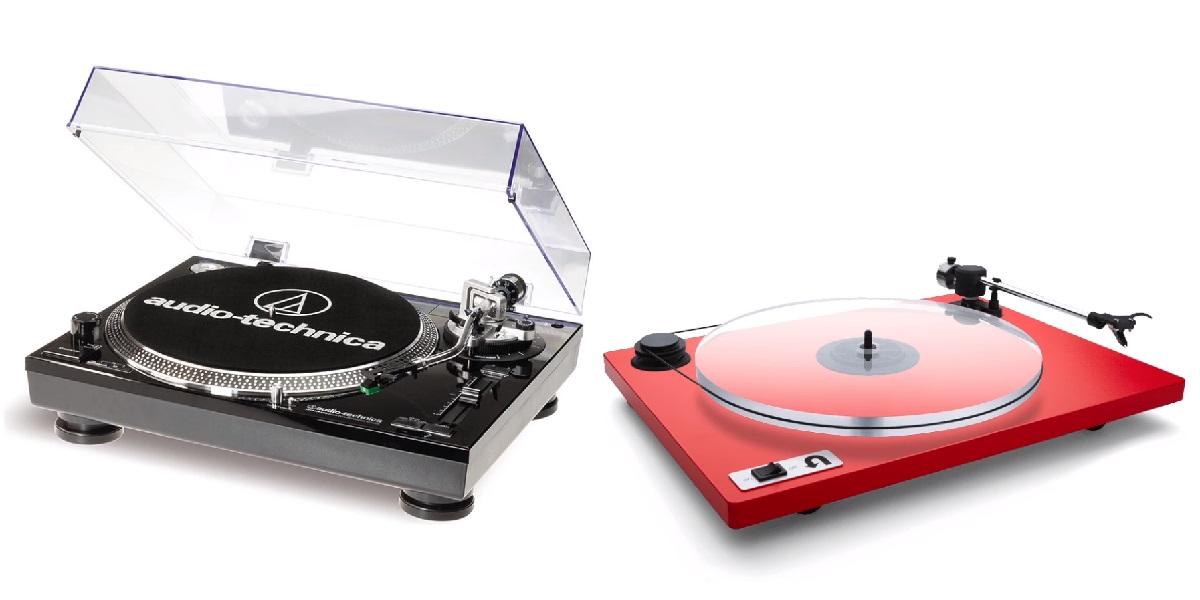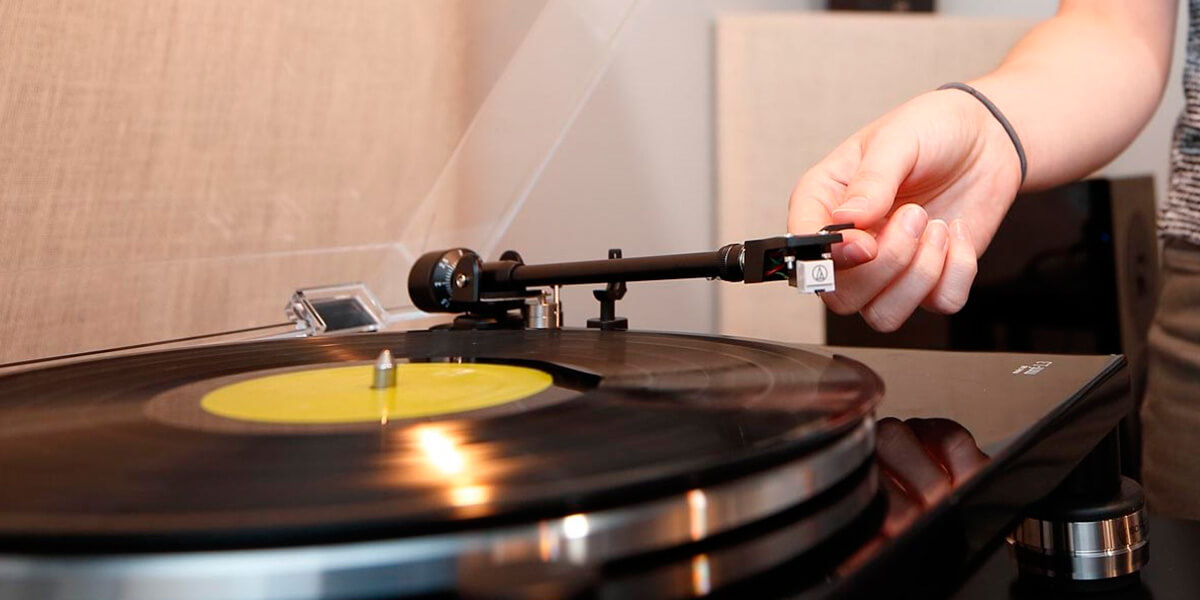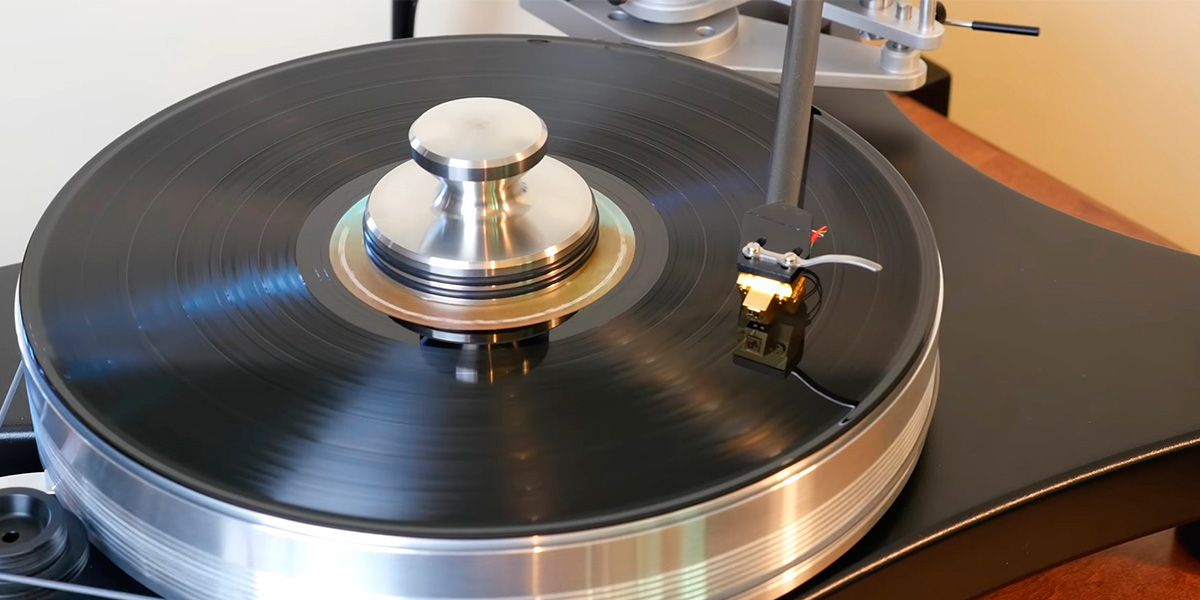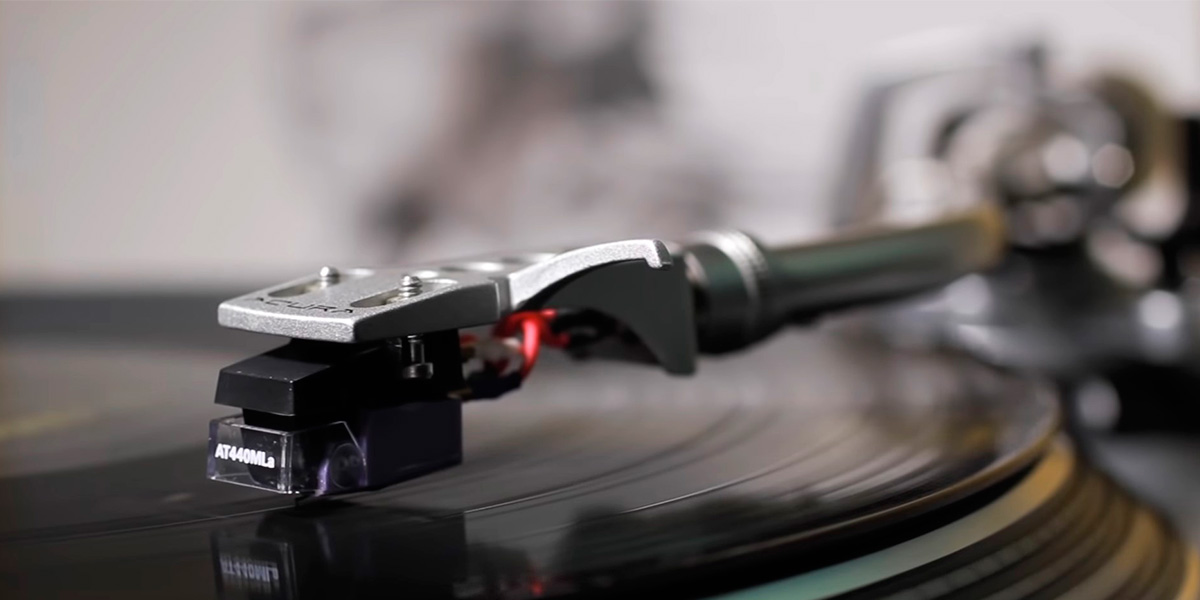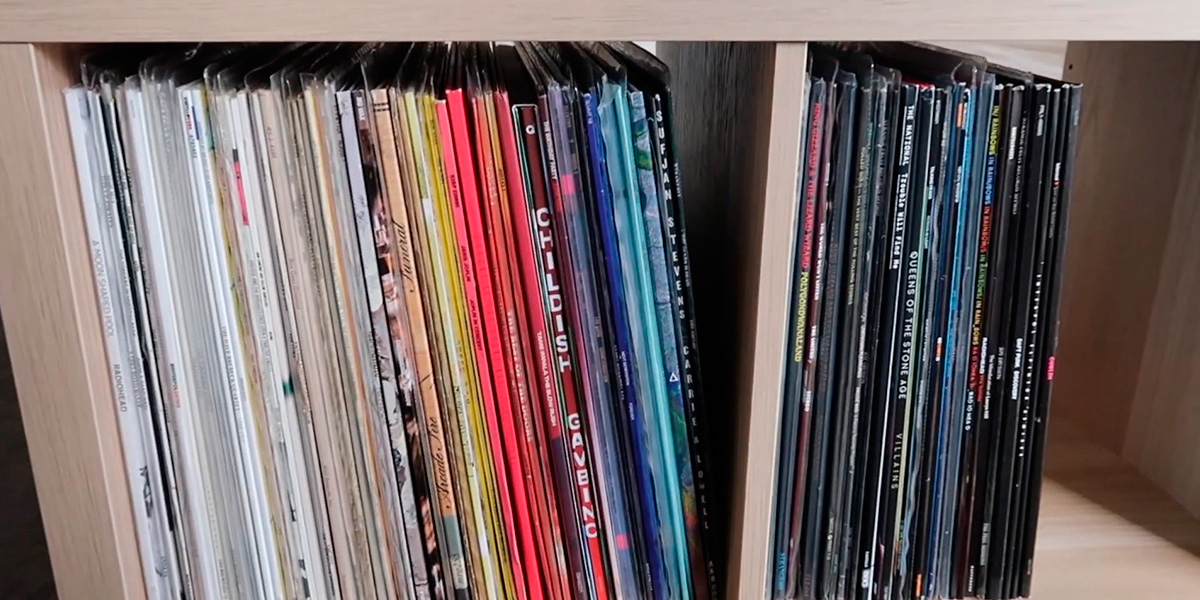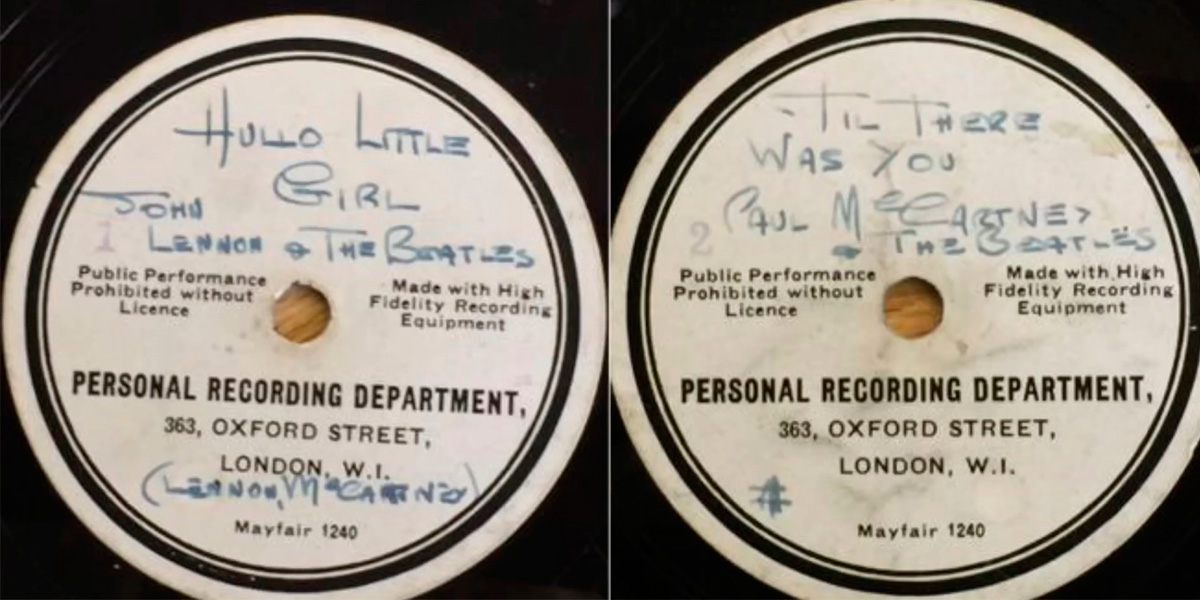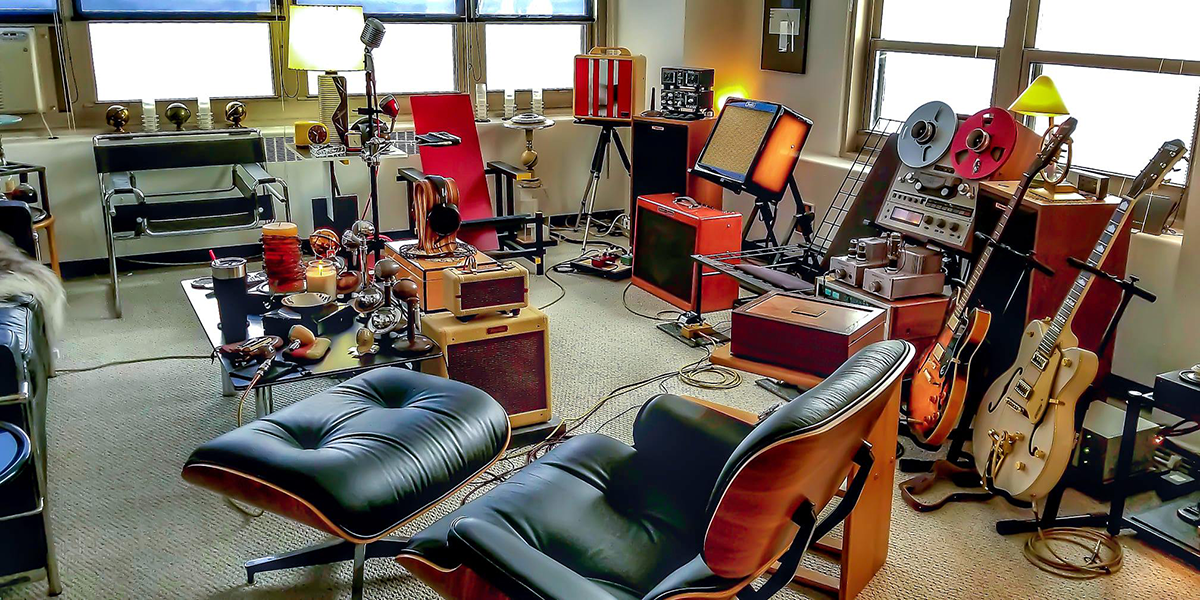Actually, MM vs MC cartridge is a common question among novice vinyl lovers. Both Moving Magnet(MM) and Moving Coil (MC) phono cartridges have their own strengths and weaknesses, and the choice between them totally depends on your preferences, system setup, and budget.
Blog
Can I Clean Vinyl Records With Soap and Water?
As an audiophile with many years of experience, I can tell you that maintaining the cleanliness of vinyl records is essential for preserving their sound condition and longevity because, over time, dust, dirt, and debris can appear on the surface, affecting their playback quality and potentially causing damage.
How Does a Vertical Turntable Work?
Have you ever seen a vinyl turntable where the record is mounted vertically instead of lying horizontally? Well, that’s a vertical vinyl player. Some people find it compact, stylish, and cool.
What is a Phono Cartridge’s Average Lifespan?
The stylus is the most delicate and sensitive part of the cartridge that translates those microscopic grooves into the music. However, the stylus is prone to wear and tear like any mechanical part.
How Often Should You Clean Your Stylus?
We all love the unique warm sound that comes out of our record player speakers. Actually, that pristine audio experience relies on a tiny yet critical component: the stylus.
Can You Touch The Needle On A Record Player
The record player needle, also known as the stylus, is a tiny component that plays a critical role in translating the physical grooves of a vinyl record into the electrical signals going out of your speakers.
Is It OK To Leave a Record On The Turntable
As an experienced audiophile, I am deeply passionate about preserving the condition of my vinyl records. However, many beginners may not pay attention to this aspect, which is really important!
What Is The Auto Stop Feature In a Turntable?
Today, we will discuss one interesting and useful feature of a vinyl turntable. The auto-stop feature safeguards your records, extends the lifespan of your stylus, and makes the process of your listening sessions much more convenient by automating it.
What Is The Difference Between 33, 45, And 78 Vinyl Records?
When buying vinyl, you might have noticed that some are labeled 33, 45, or 78. But what’s the difference between 33, 45, and 78 records?
Is Your Turntable Running at the Right Speed?
Knowing how to check if your turntable is running at the right speed is very important (especially if you are still new to this field). Or maybe you’re an aspiring DJ, and this knowledge will definitely come in handy.
Connect a Turntable to Your Wireless Bluetooth Speakers [Easy Guide]
Turntables offer a unique listening experience that, I think, can’t be replicated by digital formats. However, you still have the ability to connect it to modern audio equipment if you want to enjoy your music sessions, for example, with your wireless Bluetooth speakers.
Can you play 45s on a regular record player
There are several different types of vinyl records and many ways to label them. Records are differentiated by the number of revolutions per minute.
Do Record Players Need Electricity?
In the dynamic world of music, the charm of vinyl records stands timeless, beckoning enthusiasts to explore the deep realms of sound through a turntable. However, a lingering question among many is, “Do record players need electricity?”.
Why Is My Record Player Playing Too Fast?
Discovering that your cherished vinyl collection doesn’t sound quite right can be a frustrating experience. If you’ve noticed your record player playing too fast, you’re certainly not the only one encountering this problem.
The Most Selling Vinyl Records
In a world reverberating with an ever-growing array of music formats, the allure of vinyl records endures, entrancing aficionados and new listeners alike. For many, it’s the warm, full sound that vinyl delivers, a sensory delight that beckons them to the golden era of music.
How To Tell If a Record Is a First Pressing?
In the captivating world of vinyl collecting, not every old record is a coveted first pressing. It’s a common misconception that age is the defining factor; in reality, many records were crafted well after the initial release.
Does Playing a Record at The Wrong Speed Damage It?
Have you ever settled into your favorite armchair, ready to enjoy some old-school tunes, only to realize the song playing sounds eerily deep or chipmunk-high? The culprit: your turntable’s speed settings.
How To Connect a Turntable to Soundbar
Connecting a turntable to the soundbar may be tricky. Now we will consider the options for this connection and highlight the main points that every interested user should know.
How to Ground a Record Player
The problem of grounding a record player is very common among vinyl lovers. That is why I propose to consider how to properly and quickly ground the turntable. To do this, there are six universal steps.
Will a Cheap Turntable Damage Your Records
Are cheap record players bad? This question may linger in the minds of many, especially those newly venturing into the world of vinyl records. It’s all too easy to succumb to the allure of a budget-friendly turntable when you’re just starting out.
Is RCA Same as Phono
For sure, you know what an RCA connector looks like. And you probably noticed that the same connector is sometimes called phono or RCA phono.
How Are Vinyls Made?
Behind each vinyl record lies an intricate process, various techniques that transform raw materials into musical treasures. In this article, I’ll peel back the curtain on the artful steps of recording, mastering, and pressing that breathe life into vinyl records.
Exploring Vinyl’s Price Tag: Why Are Vinyls So Expensive?
Vinyl records are experiencing a resounding revival in the modern music landscape. But why are vinyls so expensive, and what determines the price tags attached to them? Join me on a journey of unraveling influences that sway the cost of vinyl records, from rarity and demand to production techniques and collector’s allure.
Crosley Turntables: Quality Question Answered
Are Crosley turntables good? This is quite a frequent question that concerns not only novice vinyl enthusiasts. Even more advanced music fans often get into arguments with their colleagues about it.
Are Victrola Record Players Good?
Are Victrola record players good? This is a question novice vinyl enthusiasts often ask me. In this article, I will explore the features and qualities of Victrola record players, a renowned brand in the industry.
Decoding 180-Gram Vinyl Meaning
Beyond the auditory delights, the appeal of 180-gram vinyl lies in its collectible nature, a treasure trove for those who cherish rare editions and limited releases. Each record embodies a tale of artistry and dedication, a narrative of musicians’ craftsmanship that elevates music to an art form.
How To Use A Record Player
If you’ve ever been intrigued by the charm of vinyl records and want to experience music in a nostalgic and authentic way, learning how to use a record player is essential.
How Record Weights Elevate Vinyl Playback
The pursuit of optimal sound quality and the preservation of cherished music collections is a constant endeavor. One aspect that contributes to the audio experience is the proper use of record weight.
Turntable Slip Mats: Exploring the Purpose and Benefits
While often overlooked, the vinyl slipmat is an essential component that provides various benefits, including reducing friction, improving sound quality, and protecting the record surface.
Turntable Phono vs Line Input: Understanding the Key Differences
While both connectors serve the purpose of transmitting audio signals, they possess distinct characteristics and applications. Understanding the differences is essential for achieving optimal audio quality and ensuring compatibility with your audio devices.
Essential Tips for Properly Cleaning Your Record Player Needle
A clean stylus is of utmost importance regarding the proper functioning and longevity of a turntable. It’s a delicate part that serves as the primary medium, and regular cleaning and maintenance are necessary to avoid common problems such as distorted sound, skipping, increased surface noise, and record wear.
IKEA Vinyl Record Storage Solutions
IKEA has established itself as a household name and a place to find furniture and home decor solutions. With a wide range of products, affordable prices, and practical design, IKEA has gained immense popularity among consumers worldwide.
Parts of a Turntable
The turntable is a unique audio piece of equipment that allows you to enjoy the timeless charm of vinyl records. It consists of several main parts, each of which plays a vital role in the playback process.
What Does Wow And Flutter Mean For Turntables
Аbsolutely, every connoisseur of a vinyl player should know all the accessories and nuances of their device.
How To Fix a Ground Loop
A ground cable can create a wide variety of problems, including the notorious hum that annoys everyone.
How Do I Stop My Turntable Humming
If the question is how to stop turntable hum, the answer will be very simple since it is not difficult.
The Reason That My Record Player Is Much Quieter Than a CD Player
Suppose we assume that you have several pieces of equipment connected, such as a vinyl player, a CD player, or a Blu-ray player connected to a receiver. In that case, it can sound very loud and high quality, or, on the contrary, quite quiet for such equipment.
A Guide To Changing Songs On a Record Player
If you started to appreciate music and became a true connoisseur, bought yourself a vinyl turntable, and bought many records, you will probably come across the fact that you do not know how to skip songs on vinyl.
How To Make a Turntable Louder
The music signal from the record player is very weak compared to the music signal from other devices from the players. Based on this, the music signal from the turntable must go through an additional amplification stage before it can be connected to the same inputs on your receiver. It is for this type of …
Belt Drive Turntable vs Direct Drive
When looking at the types of products, you can find two types of record players: belt-driven turntables and direct-drive turntables.
What to Do When a Record Is Skipping
All users are well aware of how unpleasant it is to realize that the playback is interrupted. In fact, there are many reasons that could cause this.
Does Playing a Record Clean It?
There is one common myth that playing a record cleans it up. Let`s see if this is so.
How Many Times Can a Vinyl Record Be Played?
With proper care, a vinyl record can last for many decades, but users often ask how many times can you listen to a vinyl record.
How Should Vinyl Be Stored Flat Or Upright
The clarity and completeness of the sound frequencies reproduced by vinyl records are primarily dependent on proper care and proper use.
The Most Expensive Vinyl Records Ever Sold
Now vinyl records are experiencing a new surge in popularity, and their sales have grown relentlessly over the past decade.
Gifts For Record Collectors And Vinyl Lovers
It is difficult to find a gift for a real vinyl fan – most likely, he already has all the key attributes of his hobby. We tried to find non-obvious and interesting options for what can be presented to music lovers. There are inexpensive gifts, the purchase of which can be mastered alone, and serious options, which should be thrown by the company.

